-

Ambika’s Making Math
Making Math with Prof. Kagey was a project-based class in which we created physical and digital designs to illustrate math concepts. My 4 projects (with their full blogs linked): P0: AxiDraw, InkScape, Mathematica, and Henna P1: Kernel Convolutions for Photography Filters in Python P2: Plaster Casting Hands and Gaussian Curves P3: OpenSCAD Modeling with the…
-
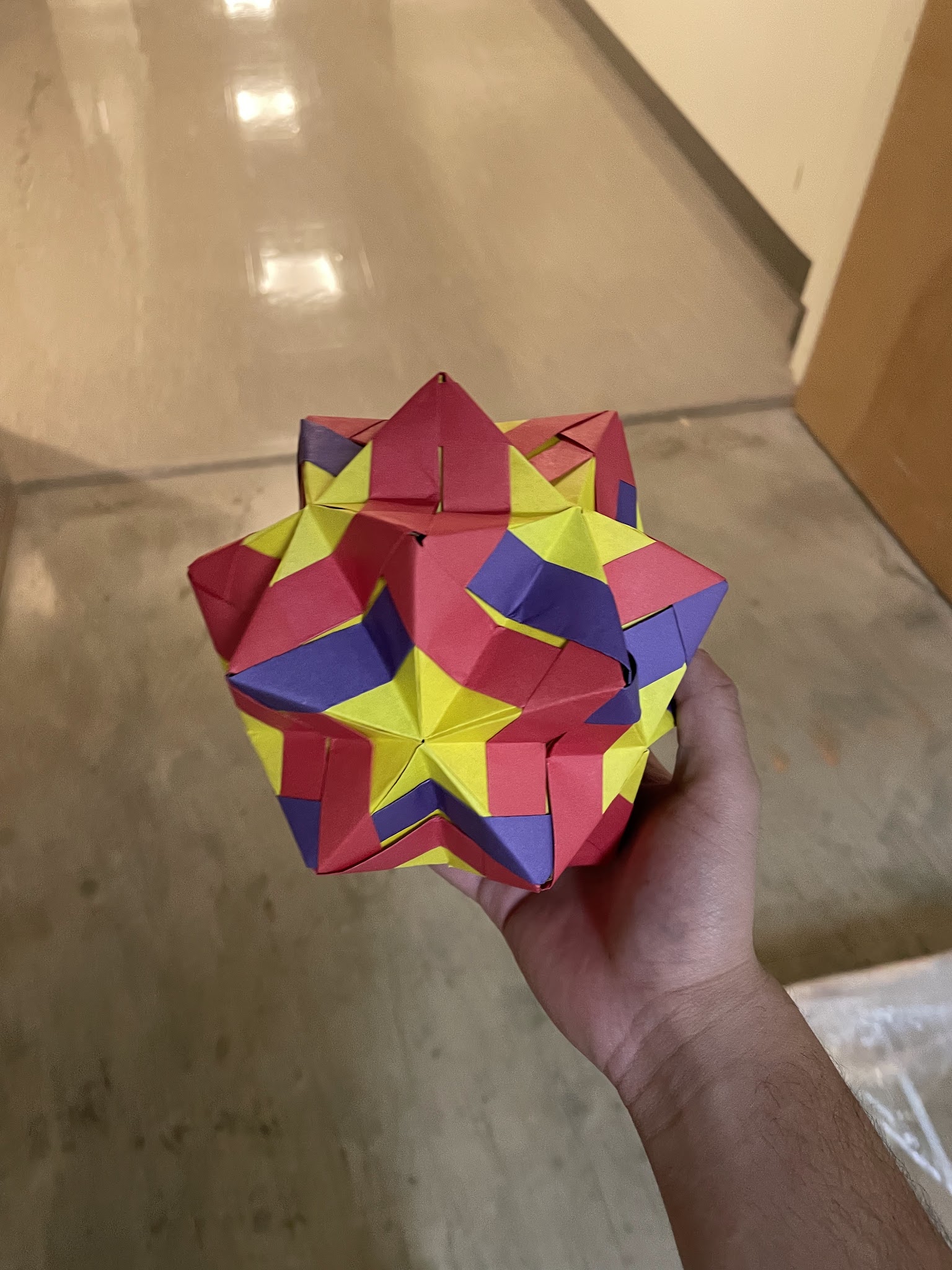
Making Math With Jon
Here is a portfolio of what I worked on in this class. For the first project, Ashrit and I worked on a pinhole camera using the 3-D printer room and spray paint booth in the Makerspace. In the next project, King, Jackson and I made a tangram set using the wood and saws in the…
-
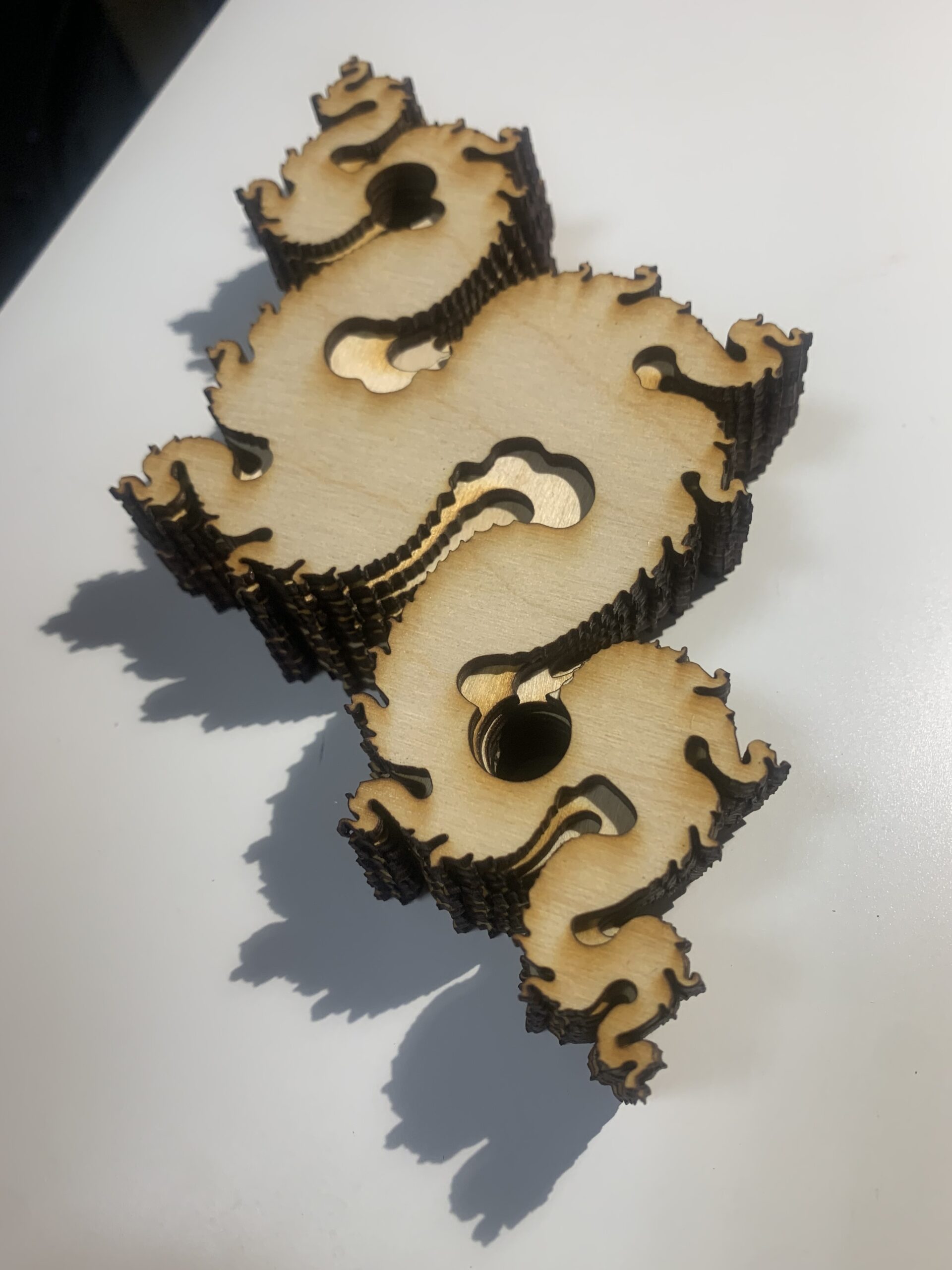
Making Math with Adam
I started out this semester working with Kishore on stereographic projection spheres. I had a little bit of 3d printing experience going into the project, but learning blender to make the stl models ended up being a fair challenge. For our second project, Tia showed me how her group had made kaleidoscopes. After spending a…
-
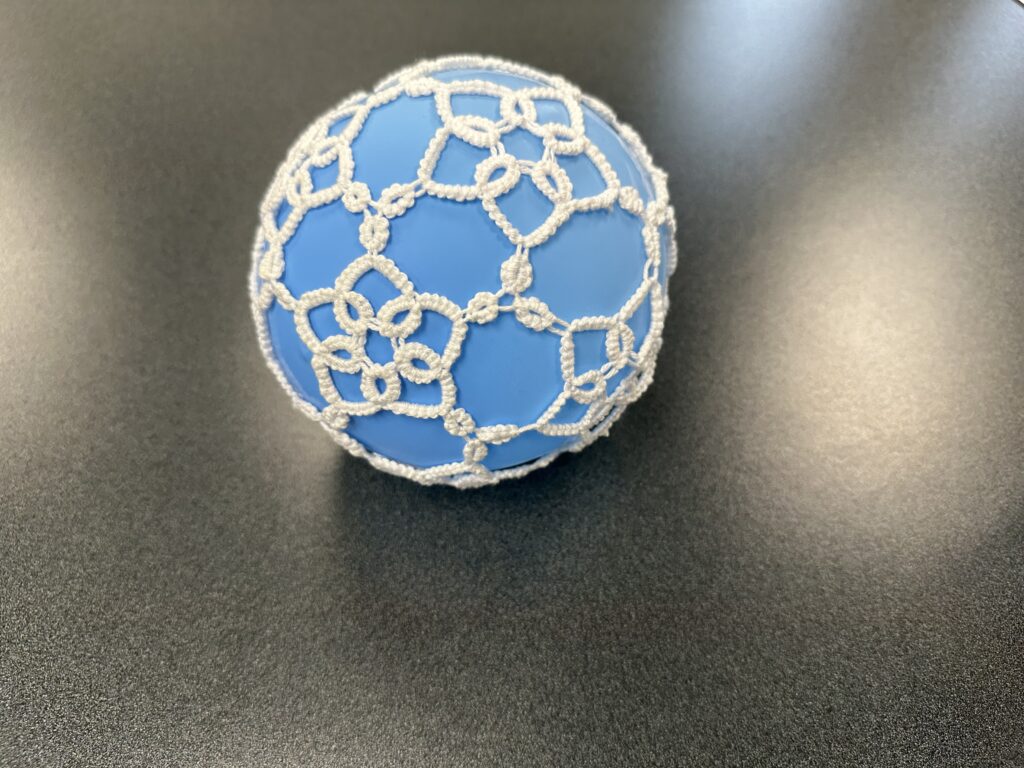
Making Math with Delaney
Throughout the making math class I was able to explore lots of fun math and learn new ways of creating things. For my first project I learned about hexaflexagons and I made one out of fabric with Linna. I practiced using a sewing machine and I used the makerspace for the first time! The second…
-
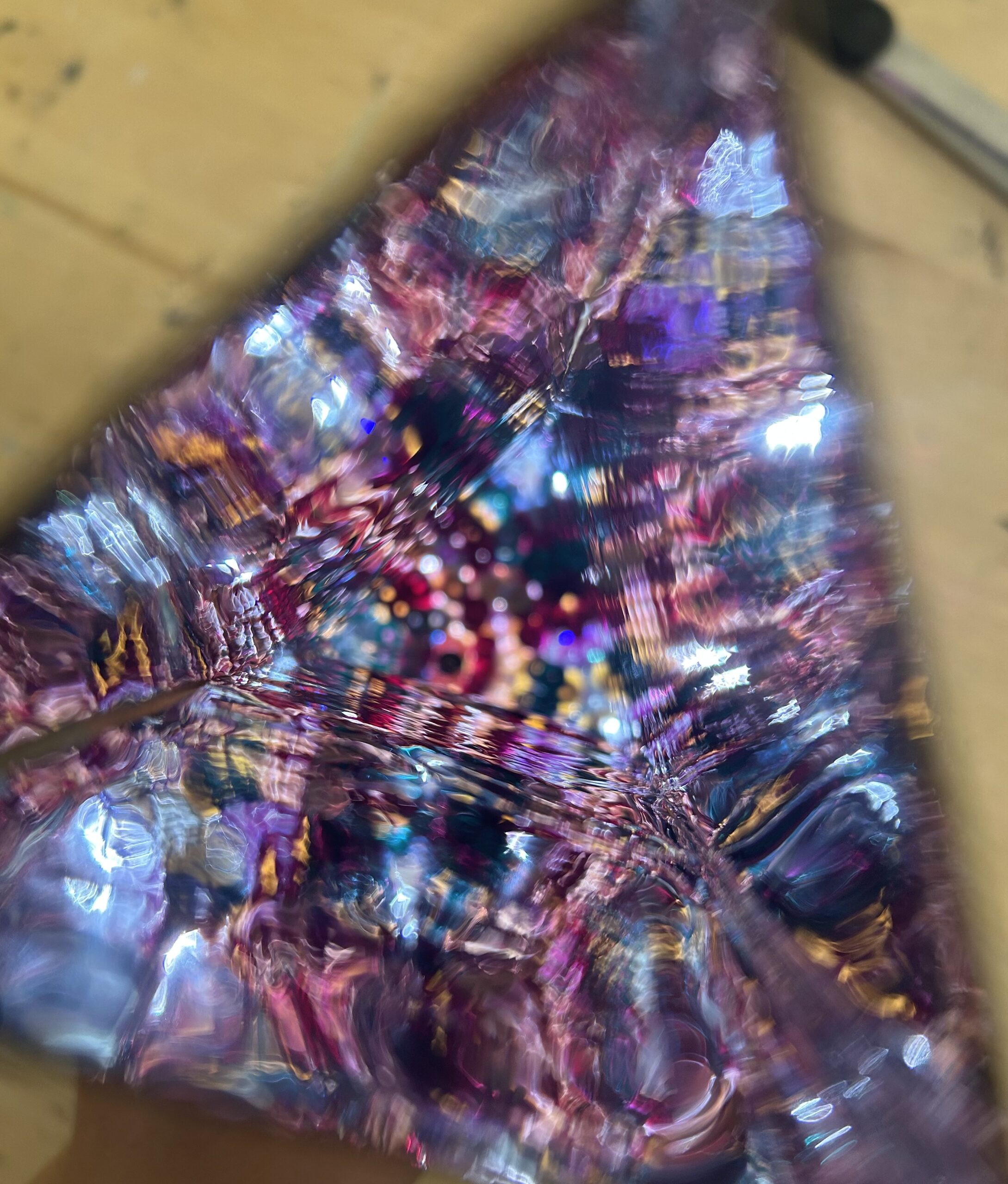
Tia’s Making Math Journey
Welcome to my making math project blogpost! I advise you to read till the end because my projects get cooler as I progress (imo)!! Project 0.A (First Attempt) The first project I wanted to undertake for this class was to make a spherical astronomy ring. I first created a CAD for it to better understand…
-

Making with Jackson
Throughout the semester, I learned a lot about applying math to fun and creative projects. I looked at several mathematical topics and tied them to unique projects across various different disciplines. Project 0 – Drawing Fractile in PIL For my first project we created a Mandelbrot Set Fractile Generator using Python. I learned about fractals,…
-
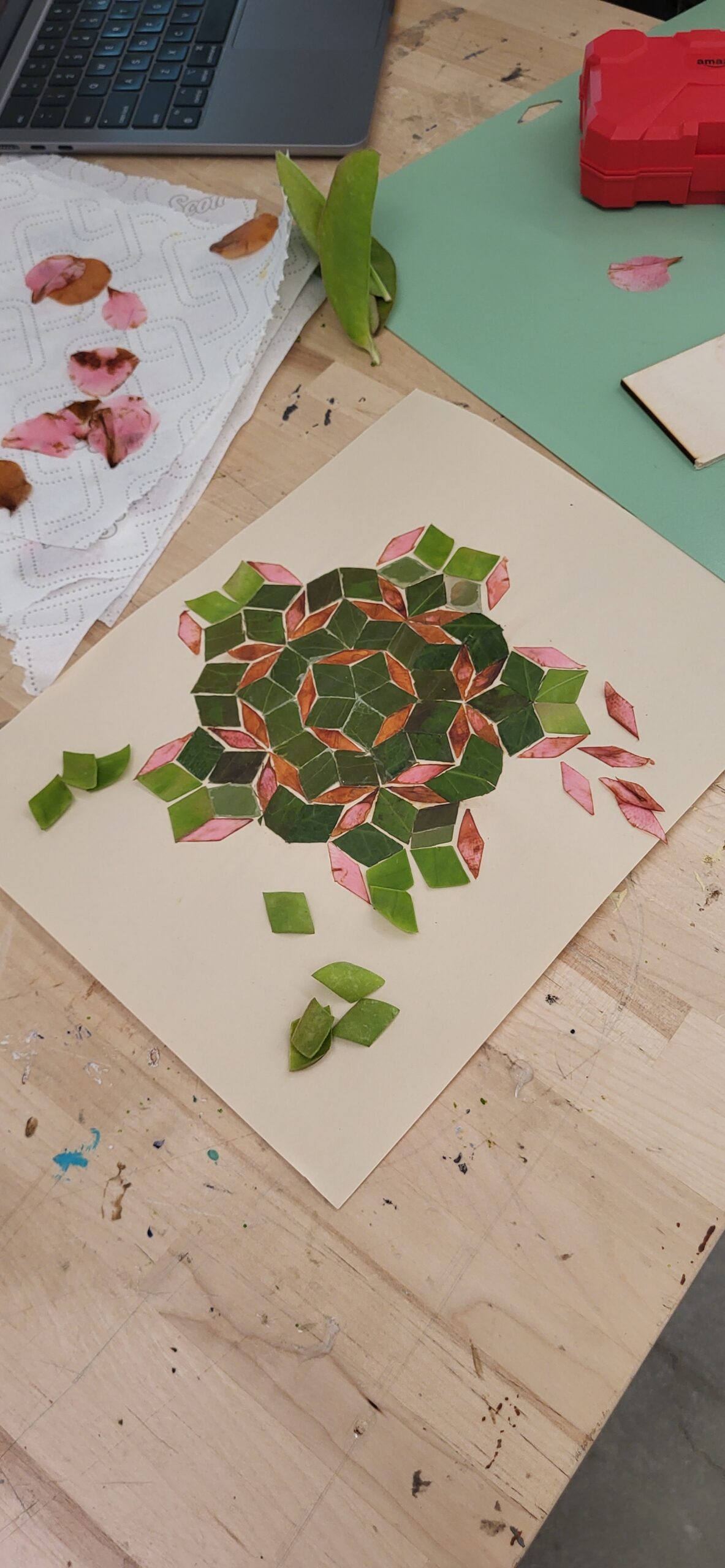
Making Math with Margaret
Project 0.A This very first project was on penrose tiling–Nora, Ashley, and I cut actual rose petals and leaves to recreate a pattern we found online. project 0.b I showed Prof Kagey how to cut petals and leaves for the penrose tile and he taught me how to use a penplotter and cricut machine to…
-
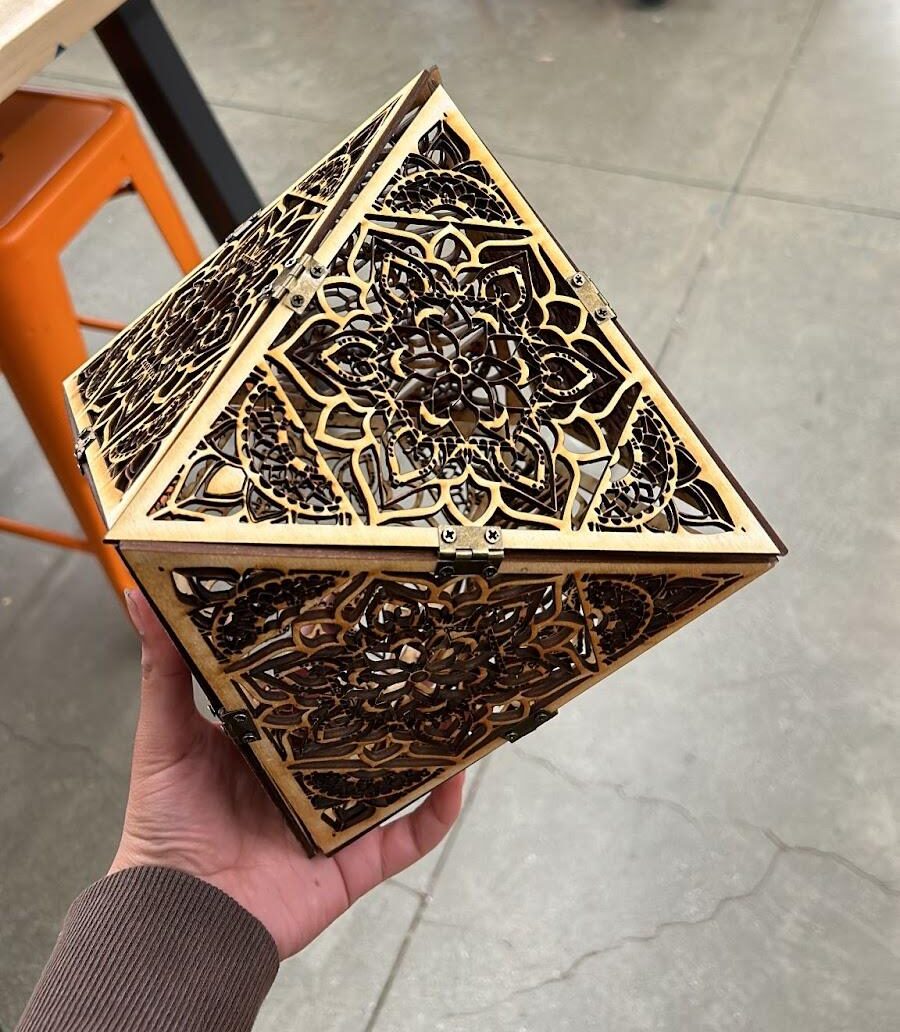
Making with Jaanvi
Overview of the Semester As the semester wraps up, I wanted to compile all of my projects into one blog post and show a timeline of how the semester went. Project 0 – Kaleidoscopes and Stereographs For this project, I began by creating a kaleidoscope, then Kishore taught me how to make a stereograph. I…
-

Making Math with Mehak
In this past semester in Making Mathematics, I learned about numerous interesting mathematical topics I normally would not have had the chance to. Along the way, I also learned about a ton of tools that I was previously intimidated by like the band saw. I worked on five different projects all outlined below: Project 0A…
-
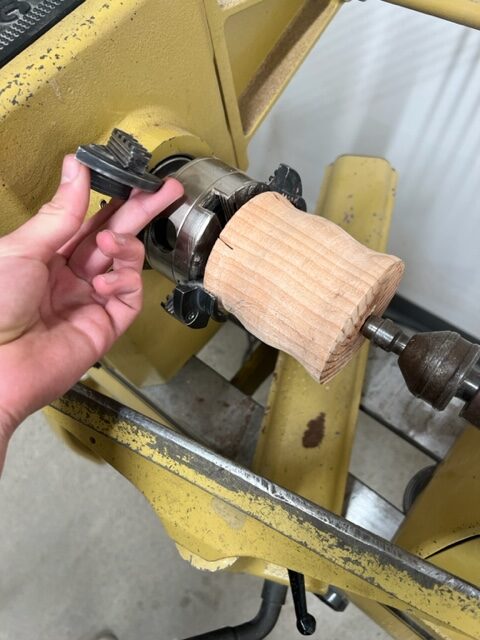
Making Math with Savva
Over the course of making math I learned a lot more about some math topics that I was interested in and got to try out technologies I was too scared of touching before as I didn’t have an assignment that required using them. Over the course of this blog post I will do a summary…
-
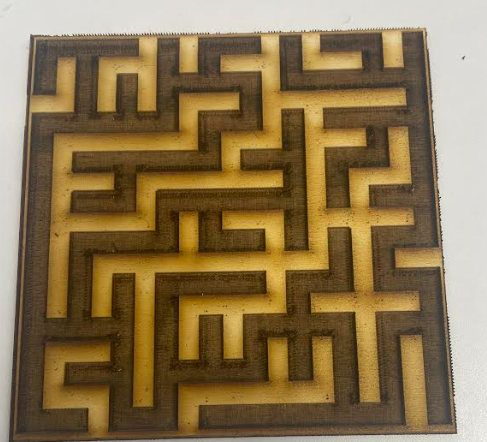
Making Math With Ashrit
Hi, my name is Ashrit, and this is a timeline of the projects I have completed this semester! Project 0A: In this project, Jon and I, worked together to make a pinhole camera, but not just an ordinary one! We wanted to make one that could adjust its focus by sliding windows. We did this…
-
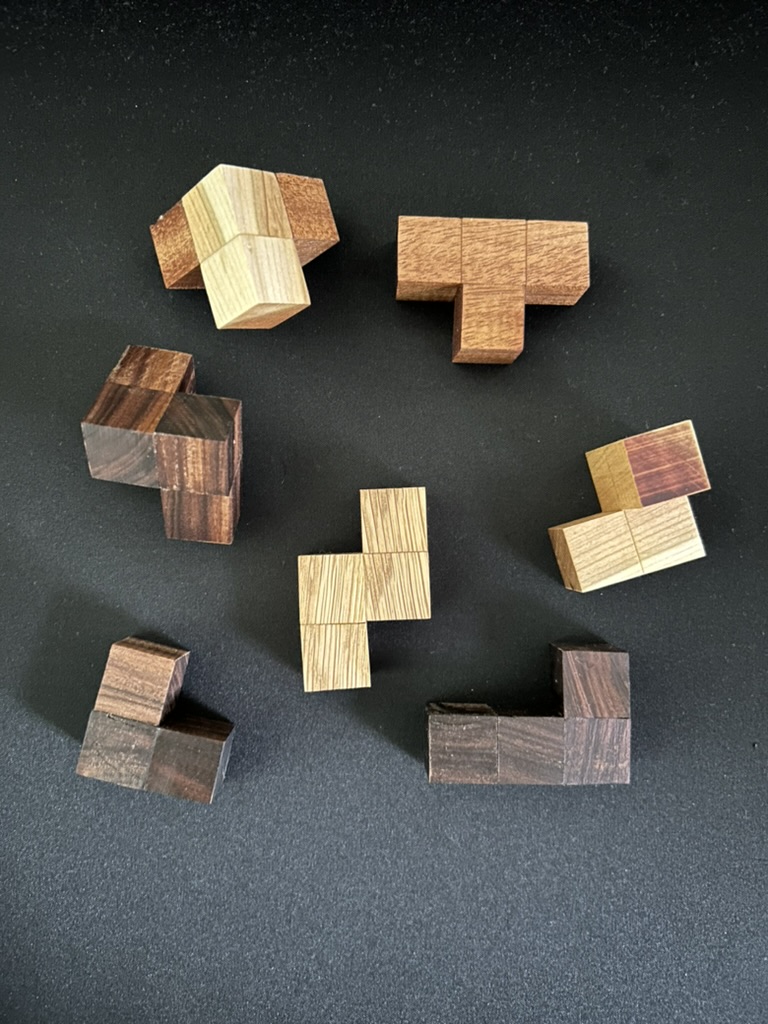
Making Math with Vicente
Making Math was a great opportunity for me to see the beauty of mathematics through 5 different projects, each of which explored a new mathematical concept and used some technology that I was previously unfamiliar with. This blogpost is an overview of everything I’ve done for this class, and walks through each of the projects…
-
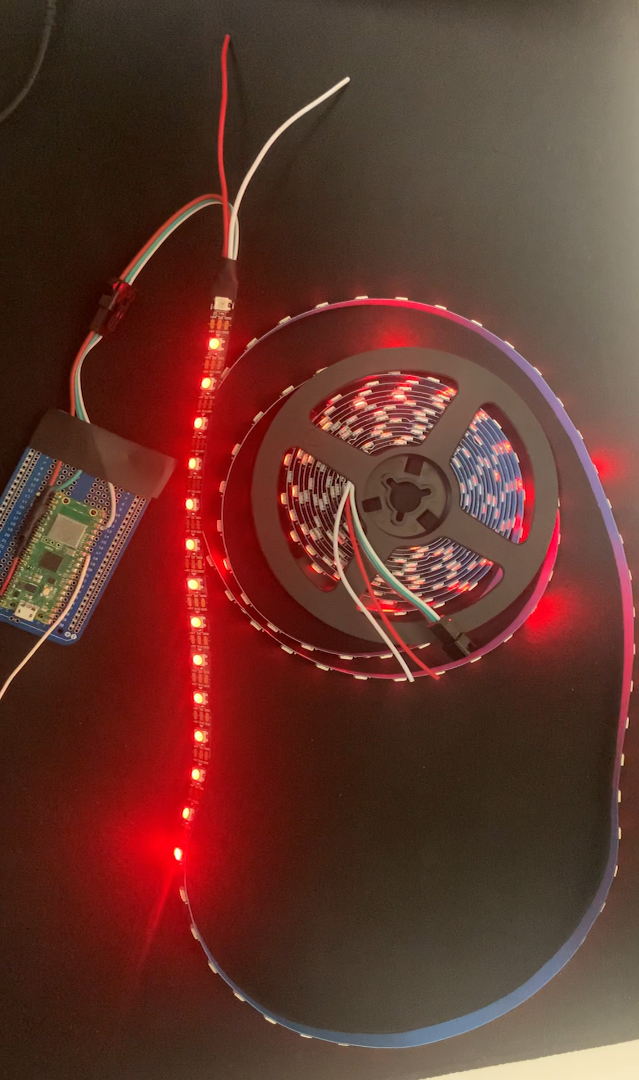
Making Math(with)us
Over the course of the semester, I made some various things! Project 3: Light show! We took in an audio file / live audio as input and created an LED light show! Above is a preview of the computed colors for each light, and below is the LED lights in action! Project 2: Modular origami…
-
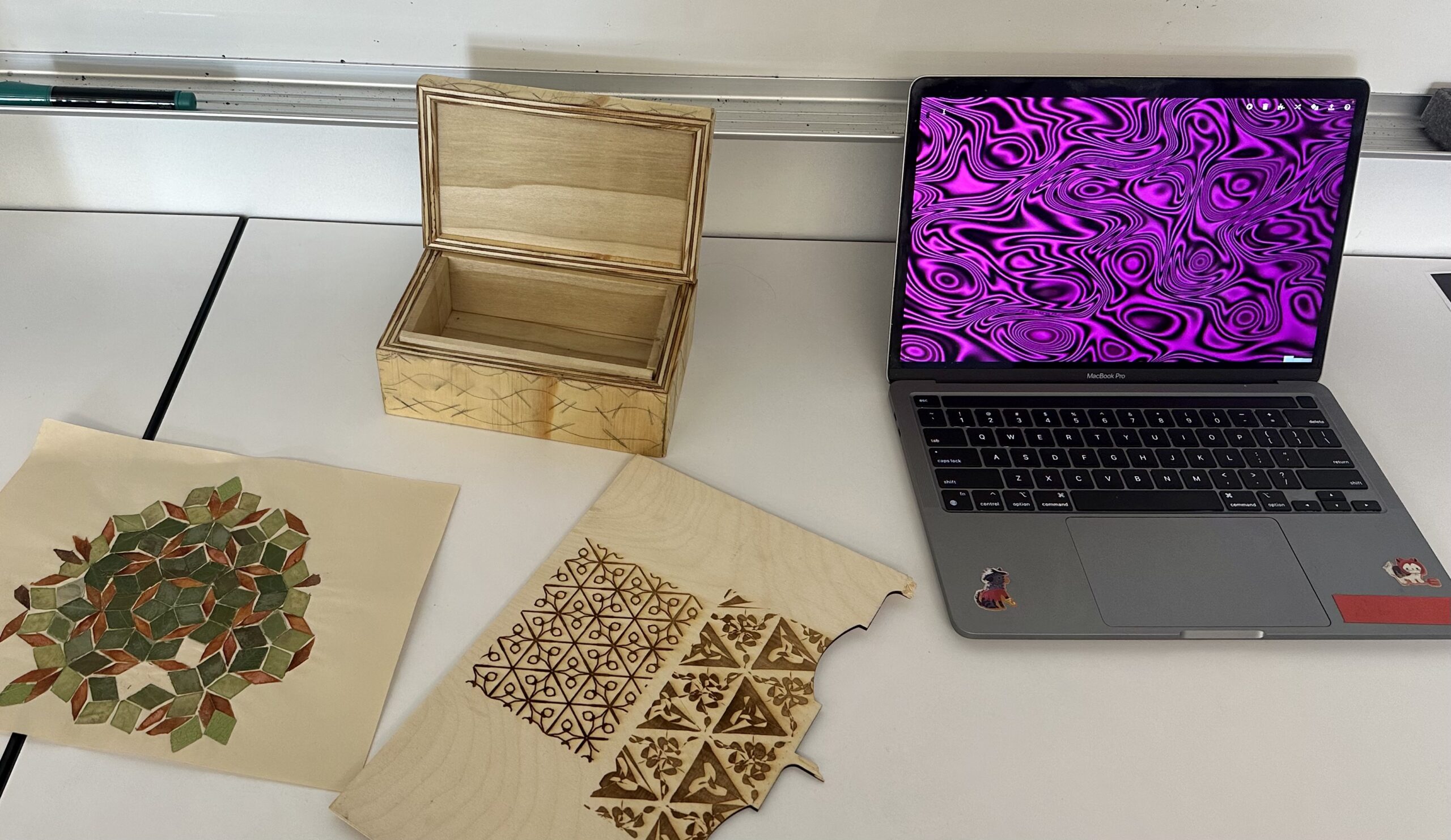
Making Math with Nora!
I had so much fun in this class and learned how to do lots of new things! As a non-math major it was really great to have some set time for doing math-related things. I also finally got shop certified and learned how to use the laser cutter. Here are the projects I did! PENROSE…
-

Modular Origami
Creating a polypompholyx-like shape I was inspired by the level of depth in geometric patterns there are in sophisticated origami designs. At first, I didn’t know what structure I wanted to create, so I researched cool designs online. Ultimately, I decided to create a star sonobe shape. I liked the spikey structure with the star…
-
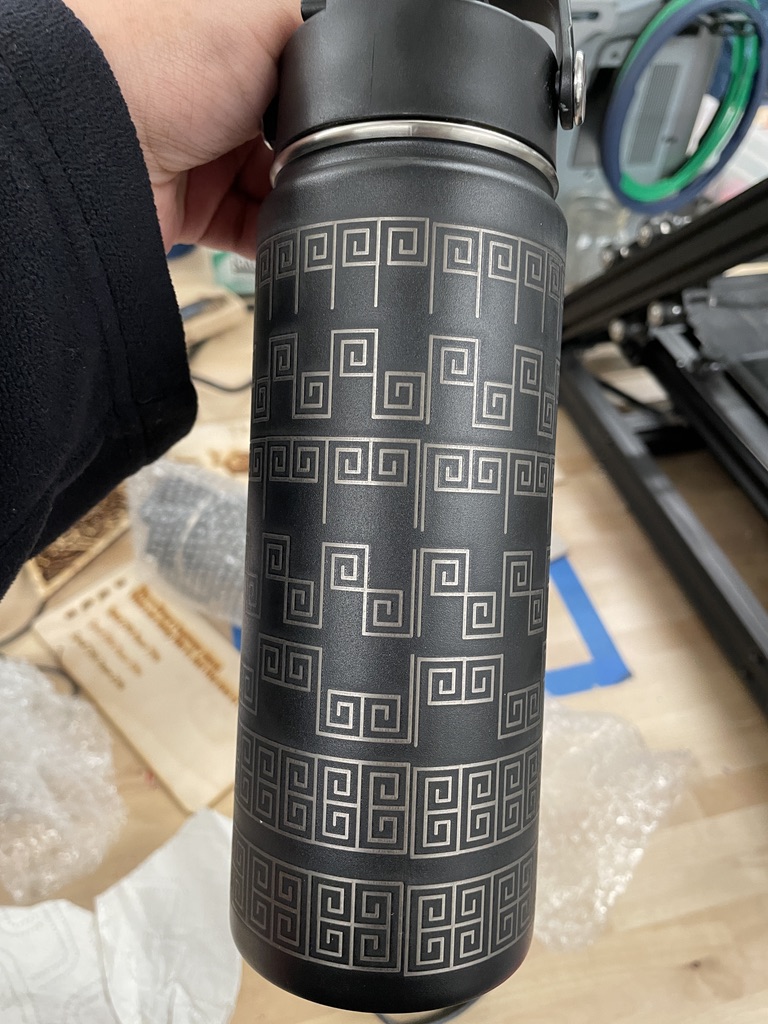
Making Math with Kaeshav
Minimal Surface Bubbles It turns out that soap bubbles create surfaces of minimum area that fills a closed shape. So, we built closed shapes using zometool and used soap bubbles to find the minimal surface that connects the edges. One of the cool shapes is shown below. I wonder what the equation determining the shape…
-
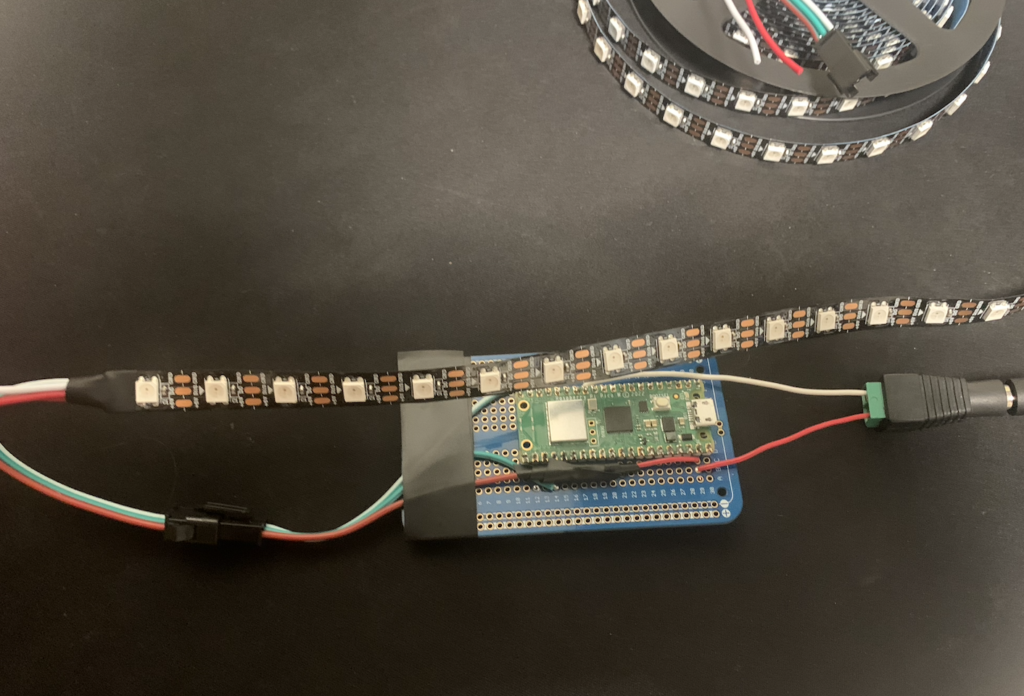
Light show!!!!!
In our final project of the semester, we decided to create an LED light show. We would take audio as input, perform some processing to determine the LED strip colors, then send the data to the LED strip to make the dynamic light show. Tools used include BlackHole for audio input, output, and routing, Python…
-
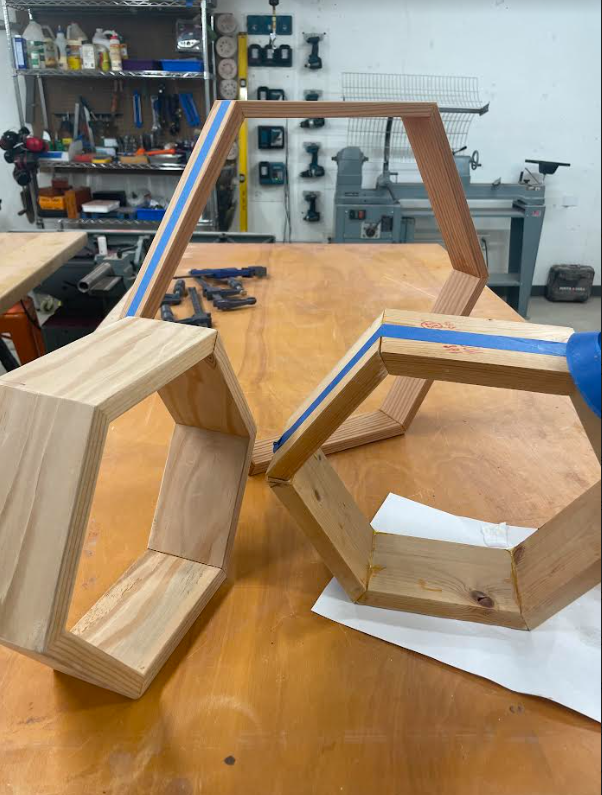
Making Mathematics with King
Making Math offered me a very new experience in a Mudd class that I appreciate. I worked on 5 projects throughout the semester and used a couple of new technologies. In the last project, I went back to do a bit more wood technology. Here are the details of each project: PROJECT 0A Mandelbrot set…
-
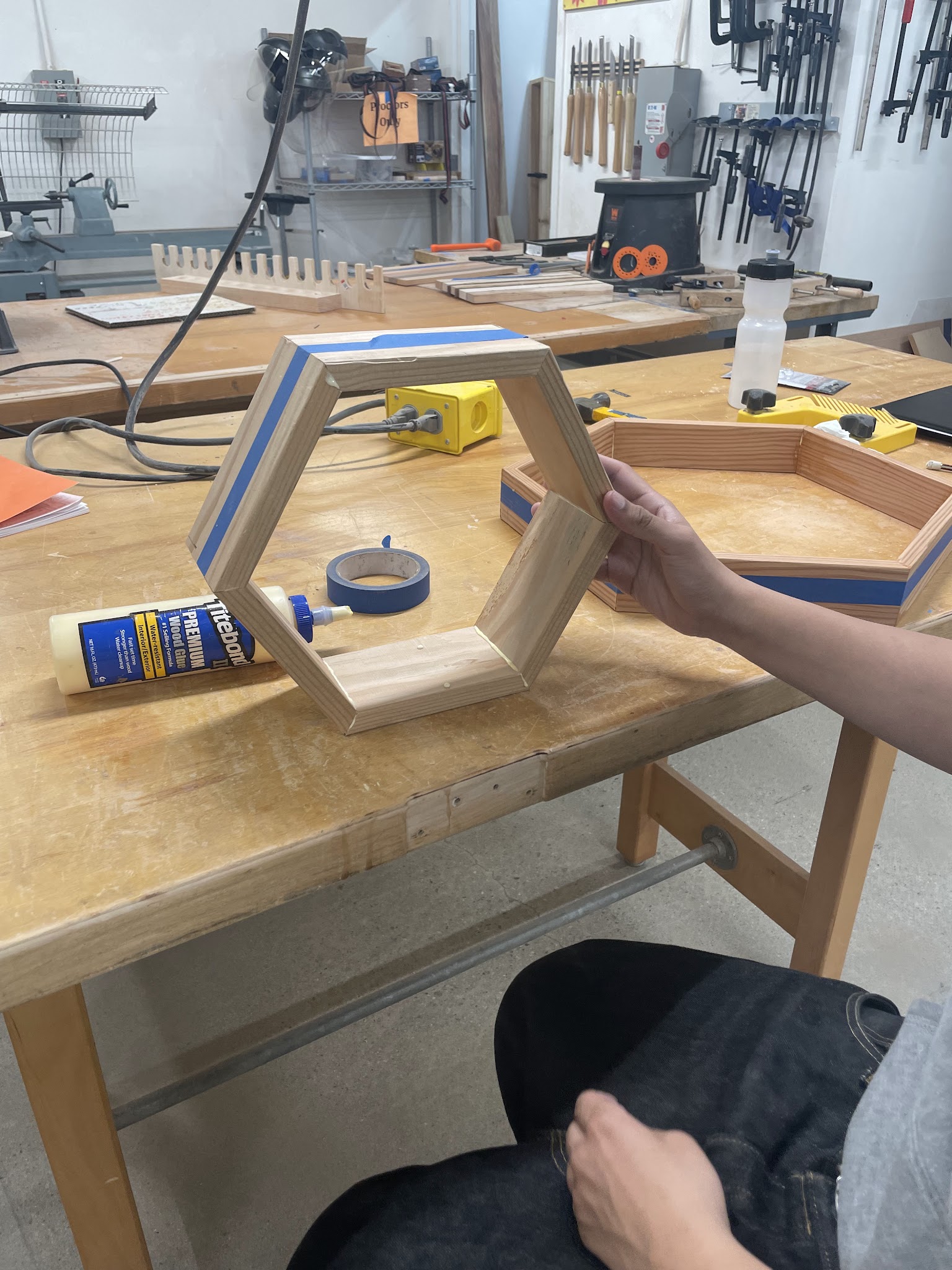
Wooden Shelves
Creating hexagonal wooden shelves In this project, Jonathon, King, and Jackson worked on creating a geometric-driven wooden shelf. We were inspired by Sierpinski patterns and how equilateral triangles are being layered to recursively create more equilateral triangles. In formal terms, the Sierpinski Triangle is a fractal that is formed by removing equilateral triangles from a…
-

Making Math with Ashley
Making Mathematics has been a really fun experience for me this semester! Being able to express my interests creatively has been a new and freeing experience for me that I haven’t gotten from other classes. I enjoyed working without constraints and being able to genuinely pursue interests that made me excited! PenRose🌹 tiling For Project…
-
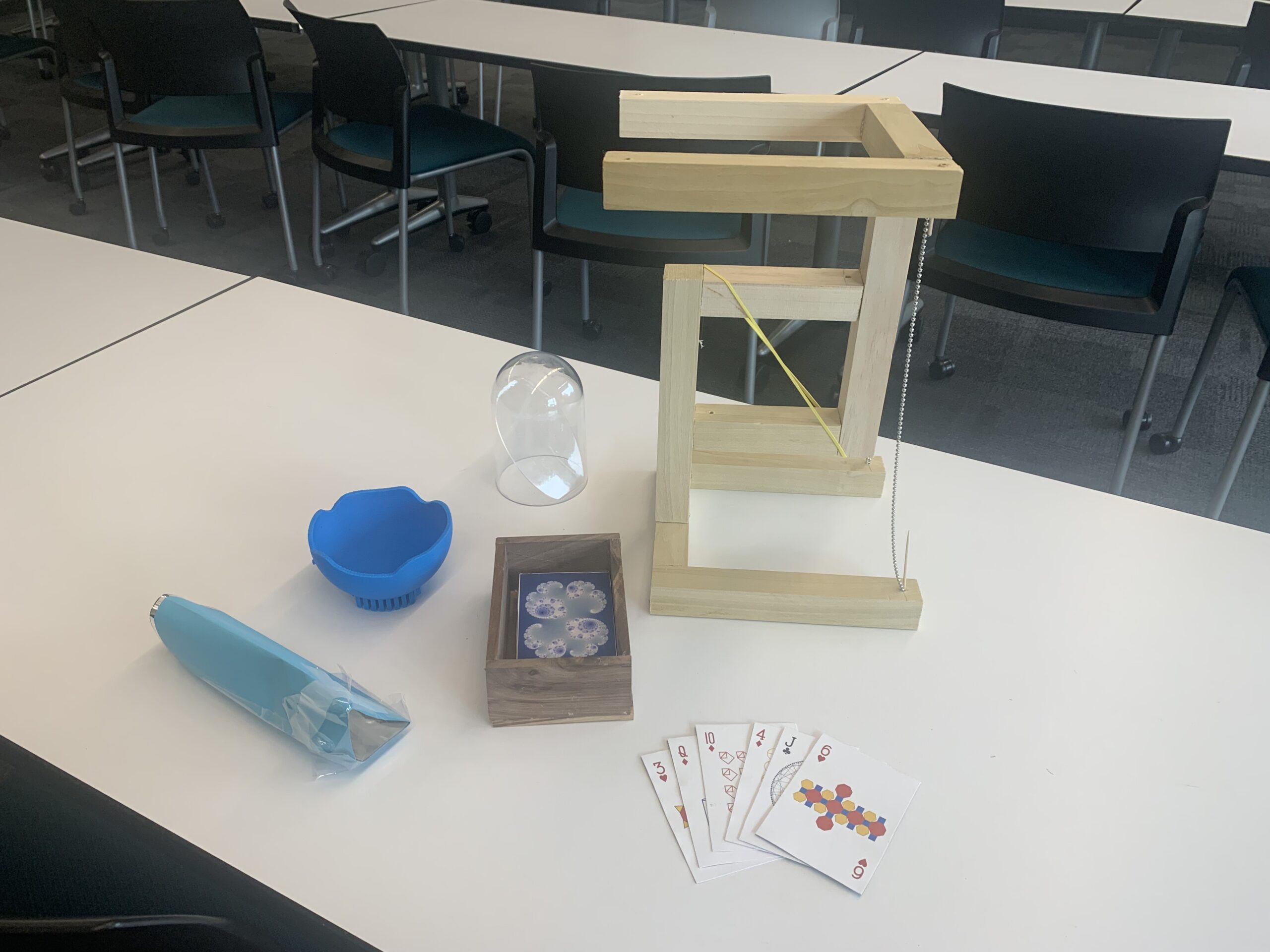
Making Math with Kishore – A Summary
I had a great time in Math189AE this semester! I’ve learned a lot about math and making, both of which I’ll talk more about in the rest of this blog. The class was centered around five main projects, two of which are short one-week endeavors, one of which is a medium two-week endeavor, and two…
-

Musical Integer Sequences
For the final project, I wanted to do something with music and math. I listen to a lot of music in my free time and Nora’s second project on Fourier Transforms was really interesting. I decided to use the integer sequences from the Online Encyclopedia of Integer Sequences (OEIS) and try to transform the sounds…
-
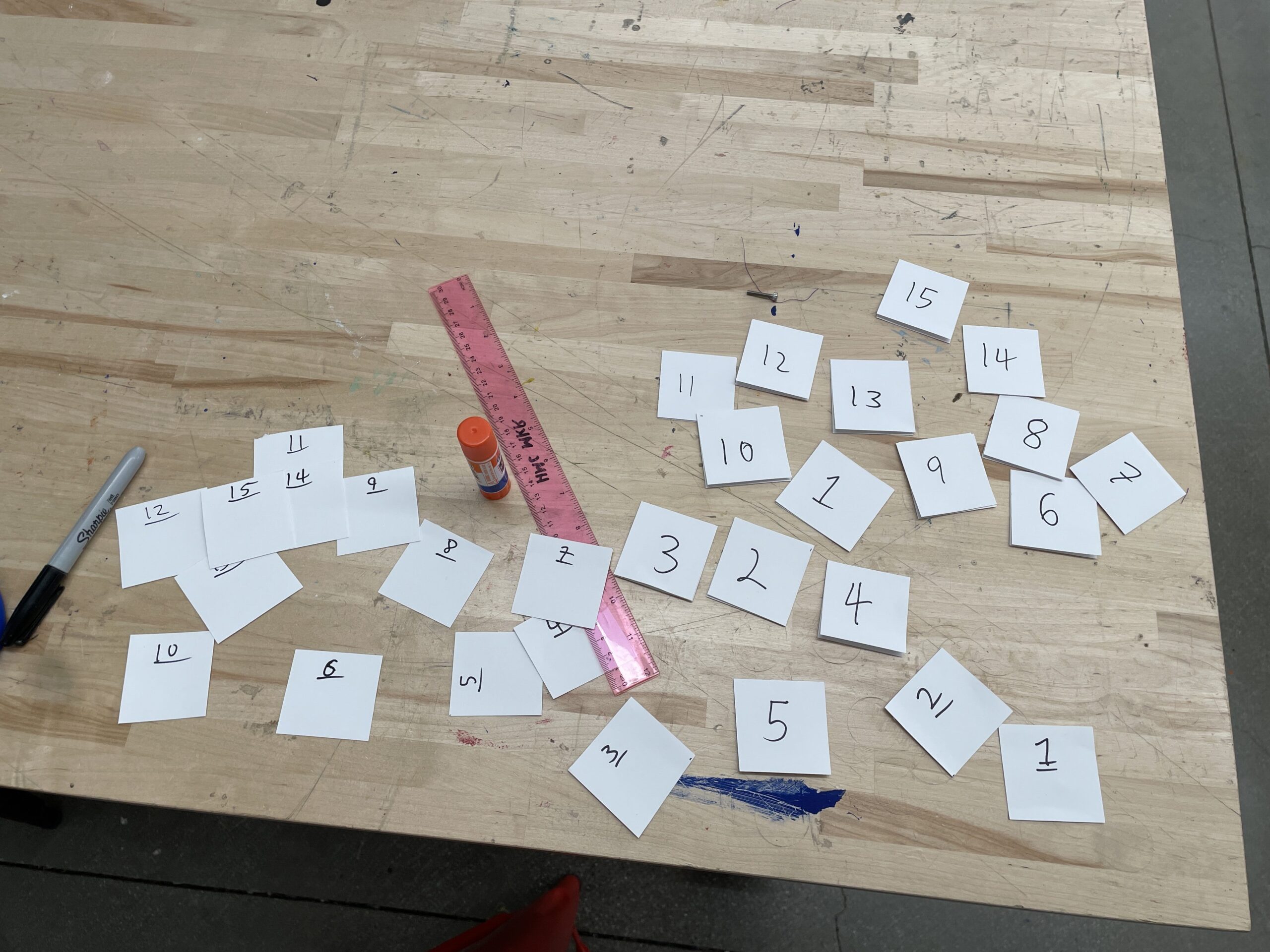
The 100 Prisoners Problem
For this project, I wanted to design an interactive version of the 100 prisoners problem. The Problem The problem starts with 100 boxes labeled 1-100 and 100 pieces of paper labeled 1-100. The papers are distributed randomly into the boxes. Now, there are 100 prisoners labeled 1-100. They are told that if all 100 of…
-

Frieze Groups on a Circle
For this project, I explored visualizations of all seven frieze groups on a circle. I created a bracelet using lettered beads and laser engraved water bottles for the Math department. What are the Frieze Groups? Frieze Groups describe the possible symmetries of patterns on a 1D strip of paper. There are only seven of them.…
-
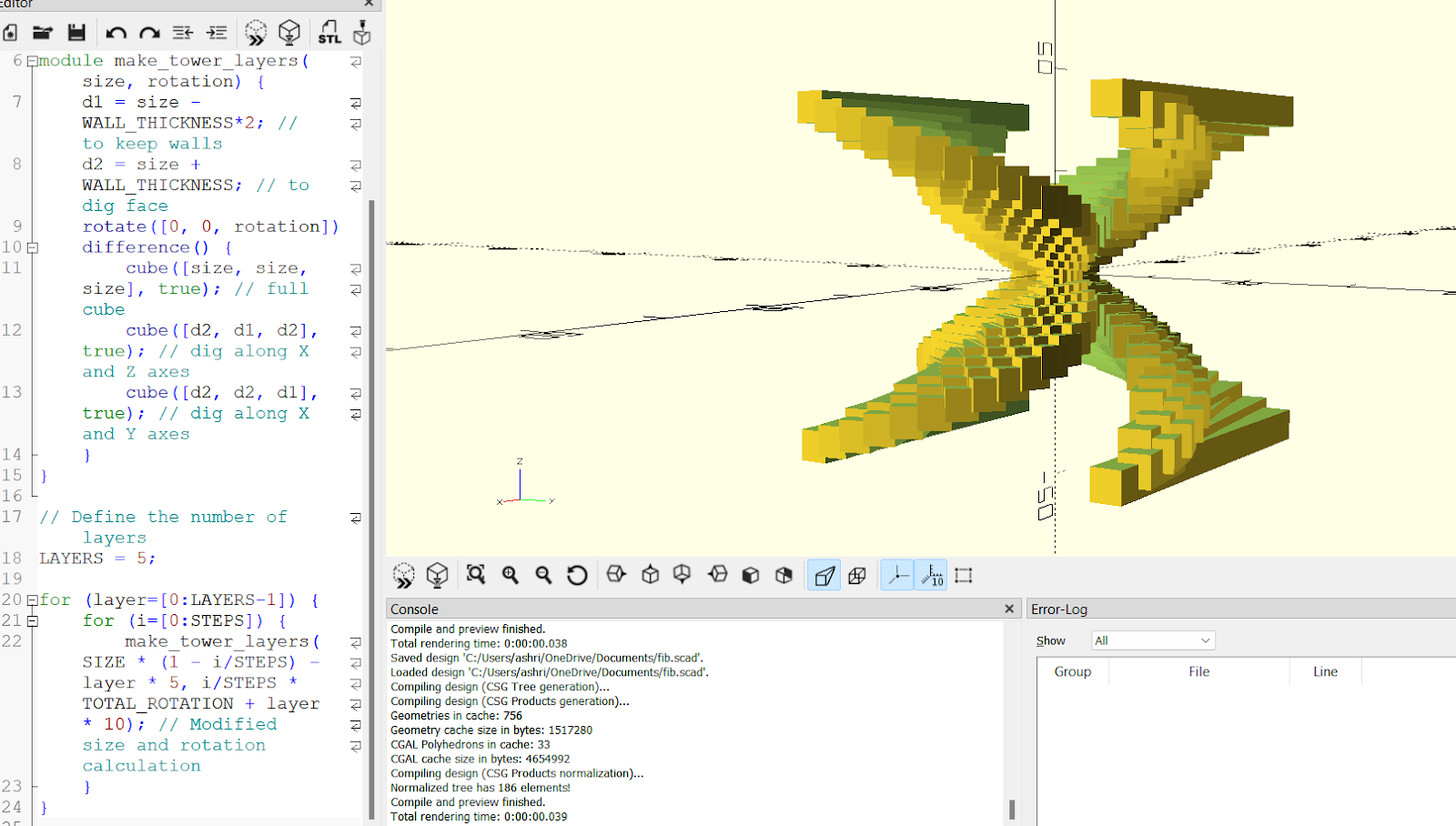
Fibonacci Spiral
Representing the Fibonacci Spiral in 3D In this project, Ambika and Ashrit worked on finding a physical representation of the Fibonacci sequence. We all know the Fibonacci sequence as series of numbers where each number is the sum of the two previous numbers as shown below: 1 1 2 3 5 8 13 21 34…
-
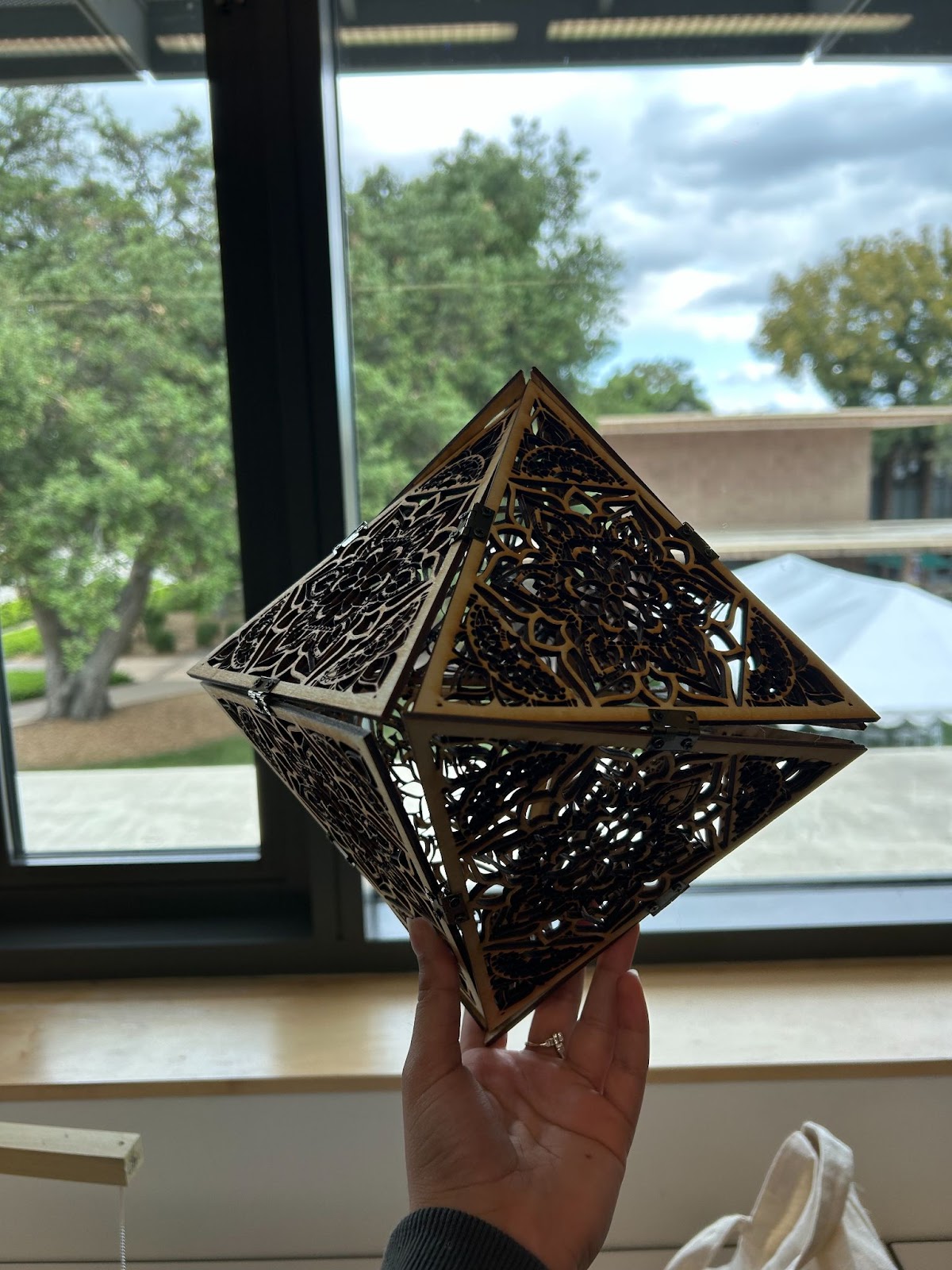
Mandalas, Continued
Project Overview Following my previous project about mandala art, I decided to explore the possibility of melding the concepts of three-dimensional structures with mandala art. This led to the inspiration of crafting a 3D octahedron, where each of its triangular faces serves as a mandala, each with unique symmetry groups and properties. Goal: Create an…
-

Klein Bottle in Blender
This is a continuation of my previous project, I wanted to create a more realistic Klein Bottle with the help of Blender. I always wanted to get to know how to use Blender to create complicated objects to then print out into reality. The first version To start the project I first tried making the…
-
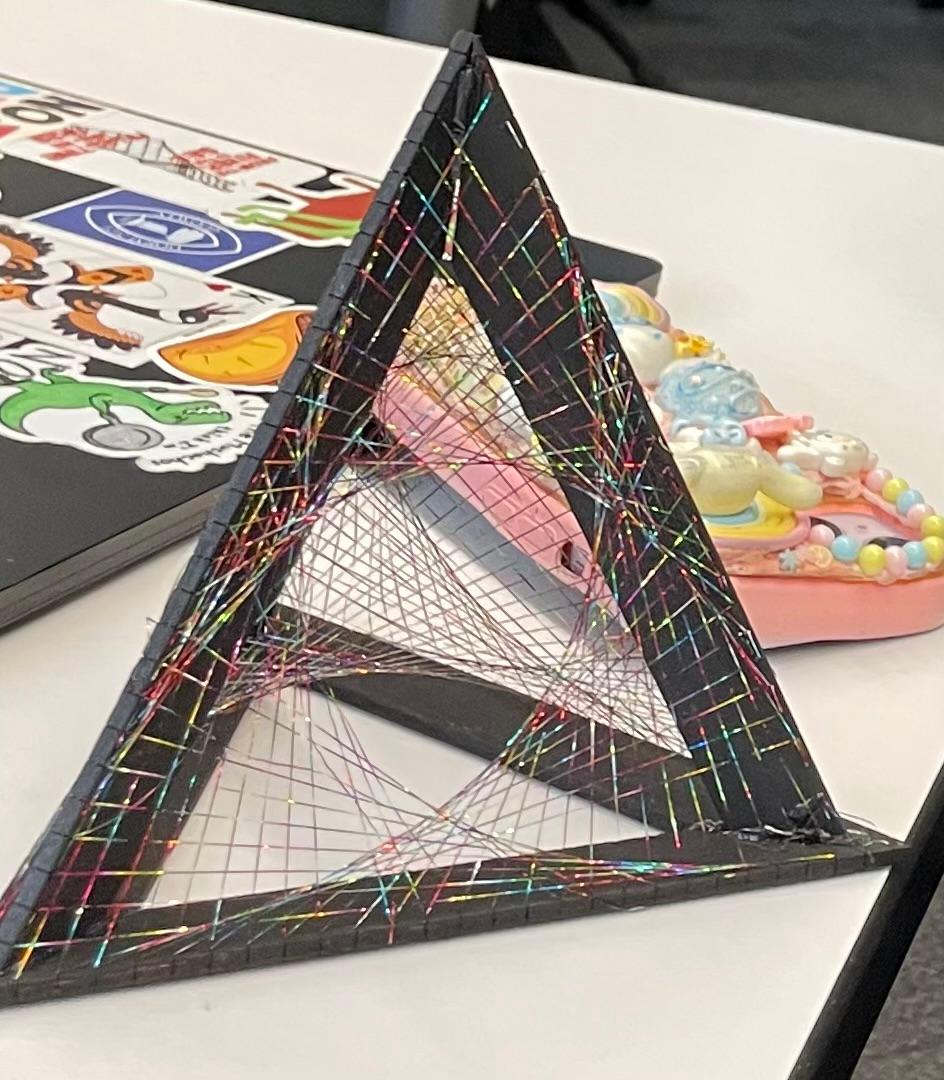
Parabolic Curve String Art
For the final project, I designed and constructed a string art pyramid using parabolic curve stitching techniques. I aimed to reimagine traditional “nail, hammer, and a plank of wood” string art to a smoother way that utilizes makerspace resources in a three-dimensional form. I first designed the sides of the pyramid using Adobe Illustrator. My…
-
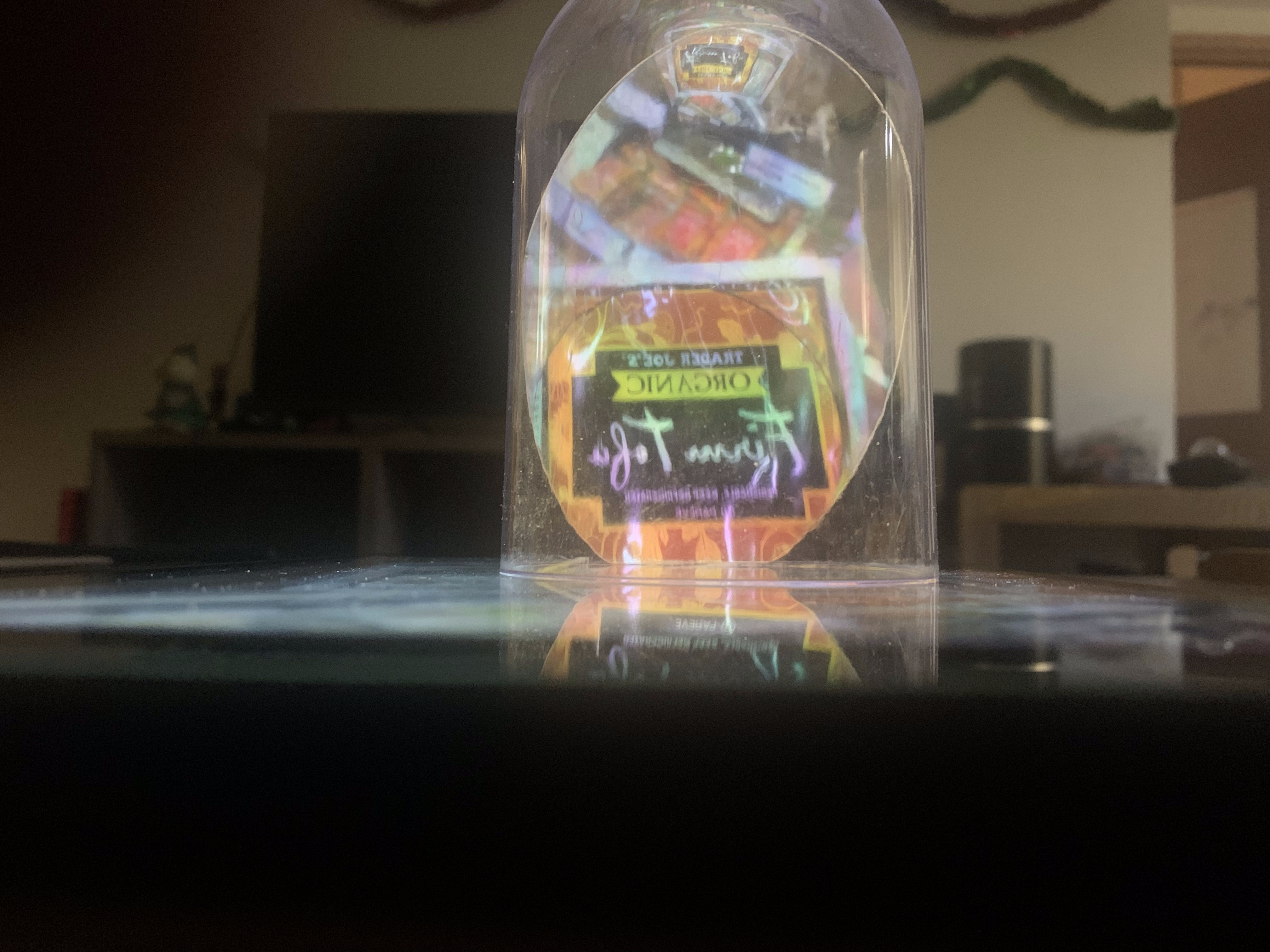
Making a Pepper’s Ghost
For my third project, I decided to make a pepper’s ghost illusion, which is basically a kind of “hologram” used in various special effects, most notably in Disneyland’s Haunted Mansion: What is a Pepper’s Ghost? A pepper’s ghost isn’t a real “hologram,” per se. It’s basically a reflection of light through a transparent material. Since…
-
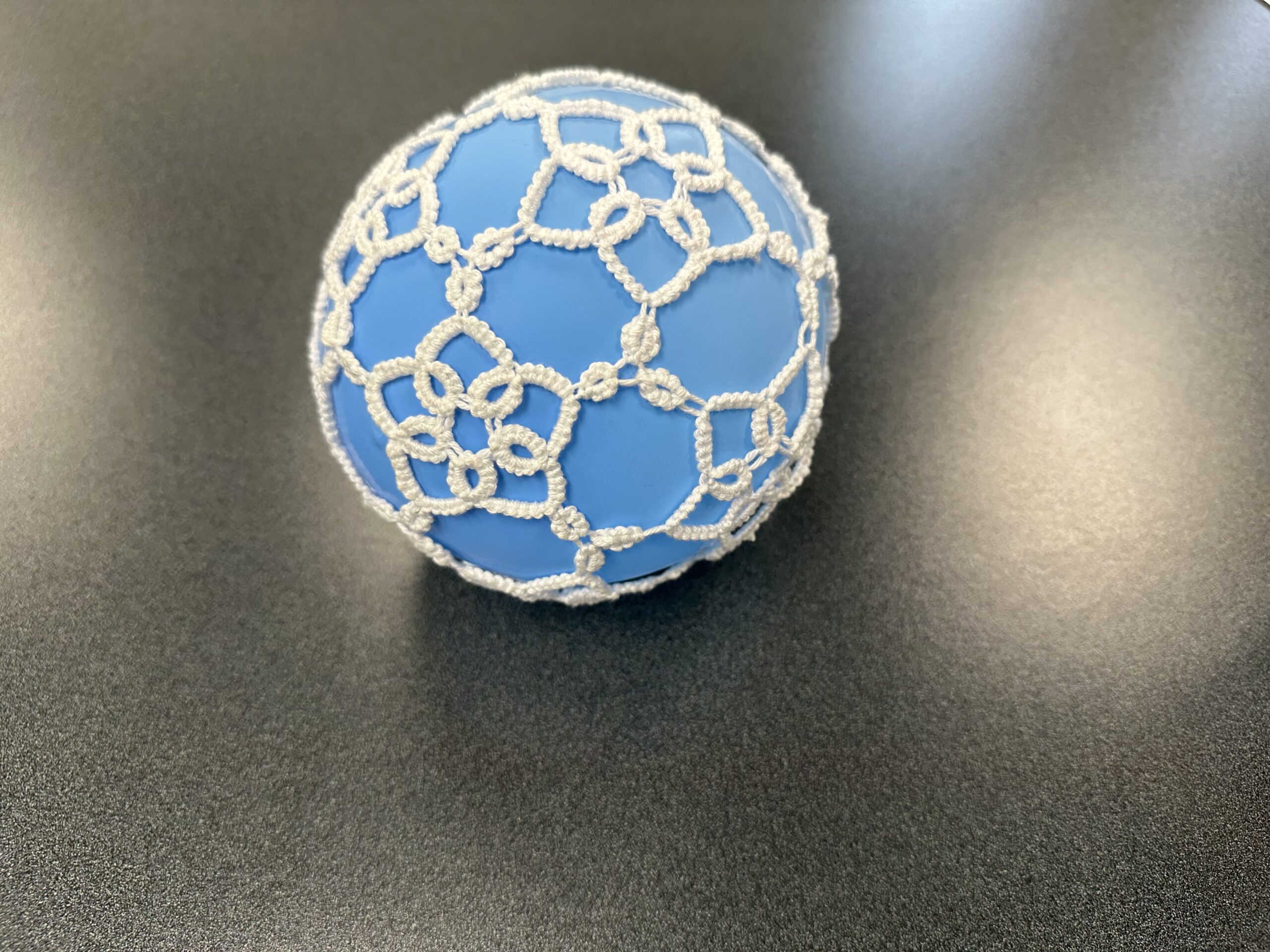
Lace Dodecahedron
Platonic solids are shapes “whose faces are all identical, regular polygons meeting at the same three-dimensional angles” (Britannica). For this project I decided to explore making Platonic solids using tatting. Tatting is a way to make lace by repeatedly tying two strings into knots. At first I learned how to make chains and rings. I…
-

Parametric Curve Posters
For our final Making Math project, we decided to create visually-aesthetic posters of parametric curves. This class has truly made us appreciate the beauty of mathematics, and we thought it’d be super cool to wrap up the semester by creating posters that highlight just that – how a relatively simple mathematical equation can create aesthetically…
-
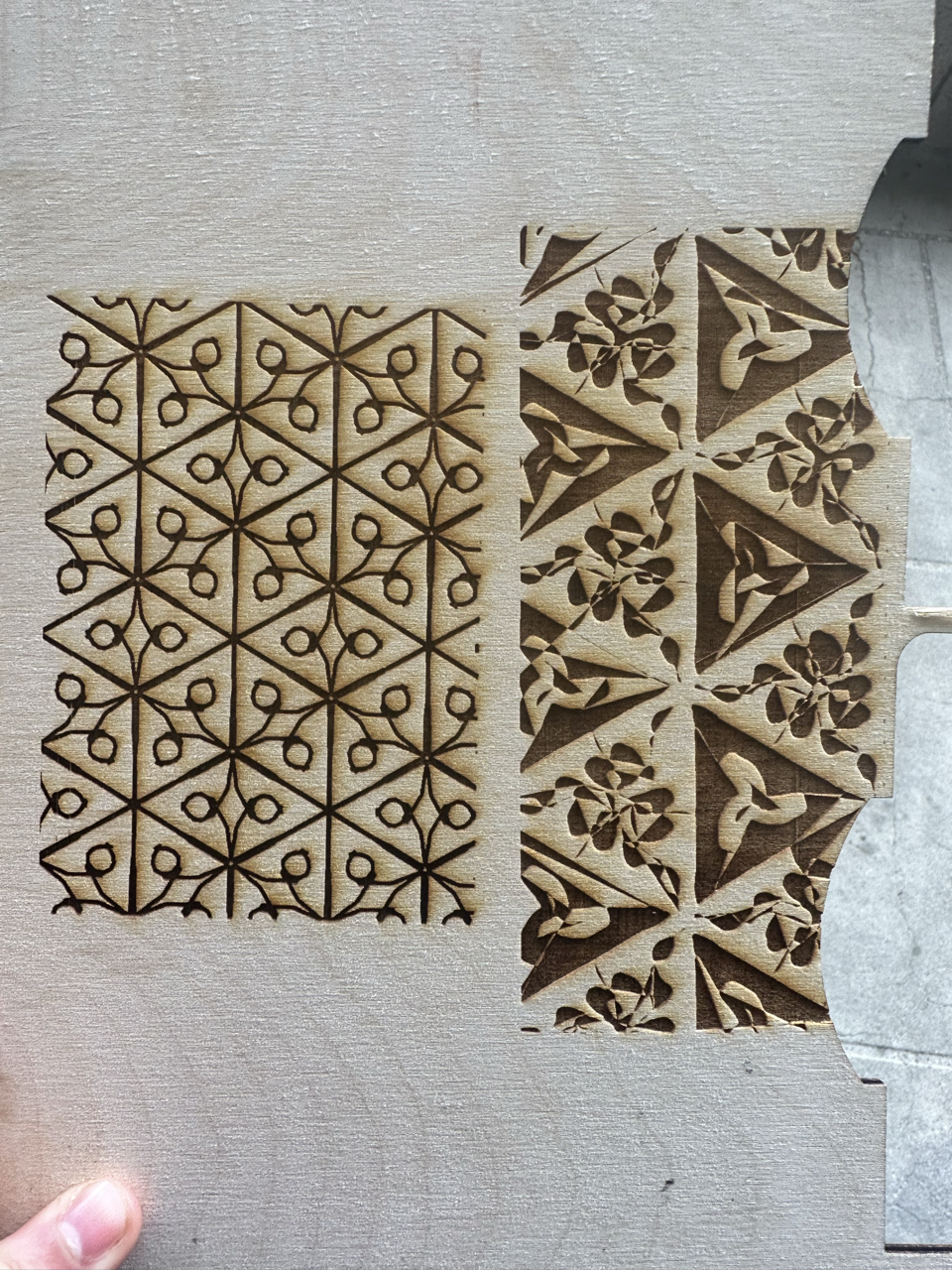
wallpaper groups box PART 2!!!
For the final project of this class, I wanted to try and make some more progress on the wooden box i was trying to illustrate the wallpaper groups on. When I left off, I had built the box, but need to cut it open using the bandsaw and then also install panels inside to allow…
-
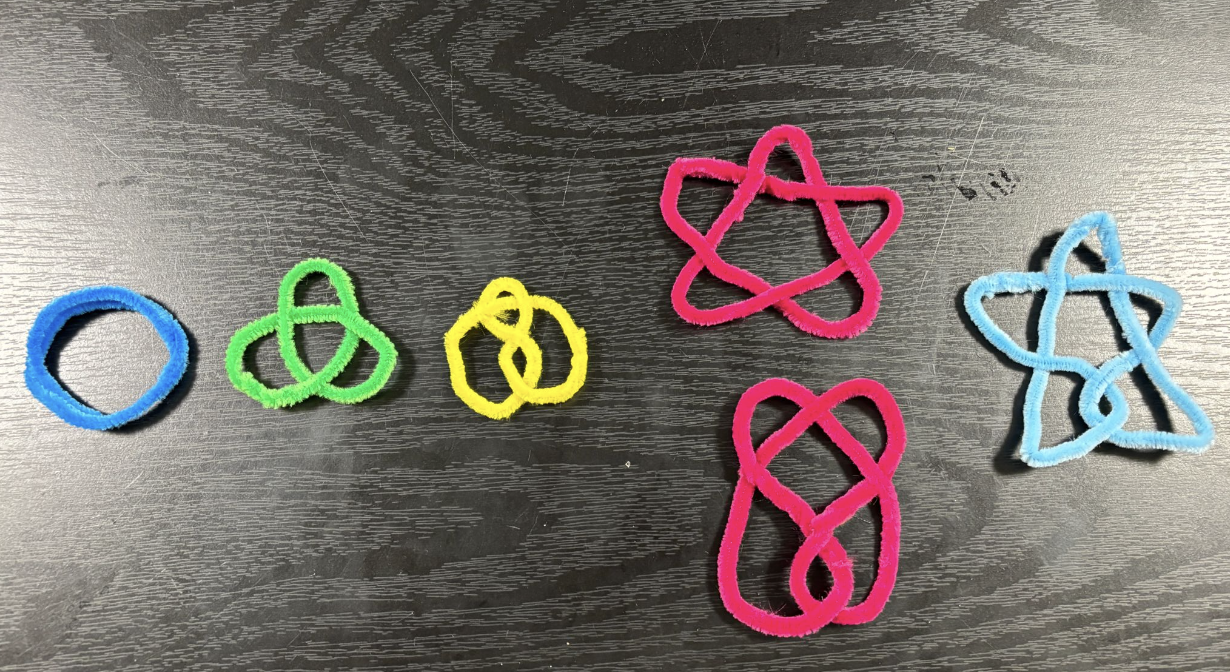
Tying Knots with Stop Motion
I learned about Knot Theory for a Math Forum presentation that I did and it really spiked my interest. I wanted to see if I could actually produce some knots myself to see what they looked like and how the process of tying them goes. I also wanted to see the variation in different knots…
-
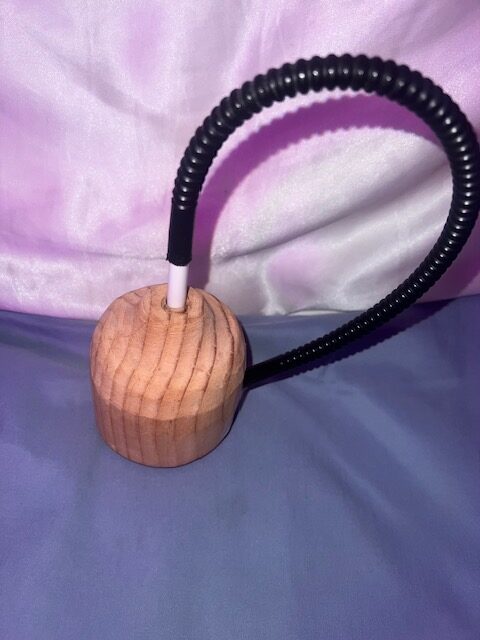
Wooden Klein Bottle
Math behind Klein Bottles Klein Bottles were first founded by Felix Klein in 1870, as a display of an object that shouldn’t exist in our dimension. https://en.wikipedia.org/wiki/Felix_Klein Klein bottles are made such that it is a non orientable surface of Euler characteristic 0. For an object to have a Euler characteristic of 0 we must…
-
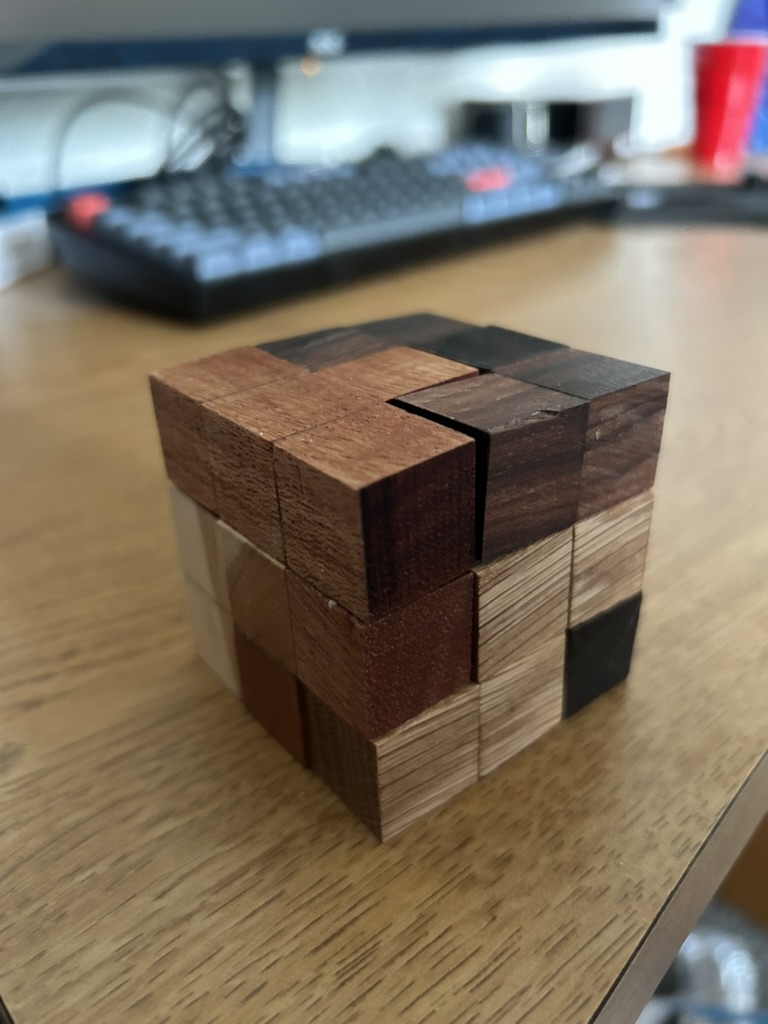
The Diabolical Cube
Cubic Puzzles Explained Cubic Block Puzzles are a type of puzzle that have been around for over 100 years. According to Puzzle Maker Stewart Coffin, the earliest reference to a 3x3x3 cubic block puzzle appears in the 1893 book Puzzles Old and New by Professor Hoffman. This puzzle was named “The Diabolical Cube”, and consisted…
-
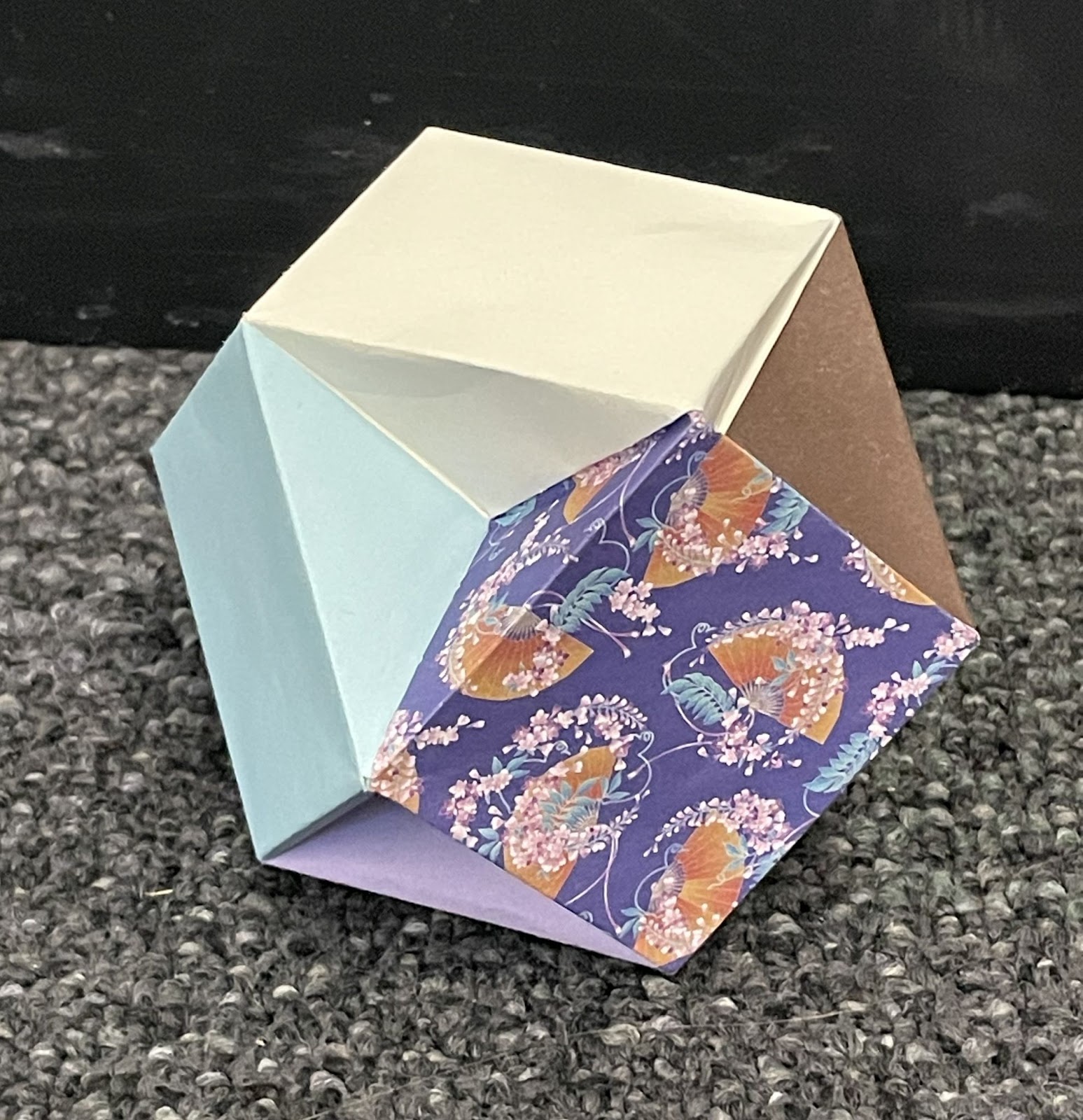
Modular Origami!
For this project, we decided on making some modular origami. At first, it was the terminology that drew me in – last semester, I took a number theory class where we worked closely with modular arithmetic. The modular in modular origami has a slightly different meaning – it refers to how the origami structures are…
-

Pen-graphing Harmonographs
For this project, we wanted to create various harmonograph artworks. Our inspiration was the exhibit at the Wendell Museum: they had drawings that used several Lissajous curves and the golden ratio to draw non-living and living objects such a snail shell and a butterfly. For some context, a harmonograph is a mechanical apparatus that employs…
-

Tensegrity – An Experimentation
by Jaanvi Chopra and Kishore Rajesh What is Tensegrity? A tensegrity structure is usually made of two pieces, one which stays flat, and another which seemingly “floats” on top. The name comes from “tension” and “integrity.” Basically, the top part is supported by the tension in the center string/chain connecting it to the bottom part…
-
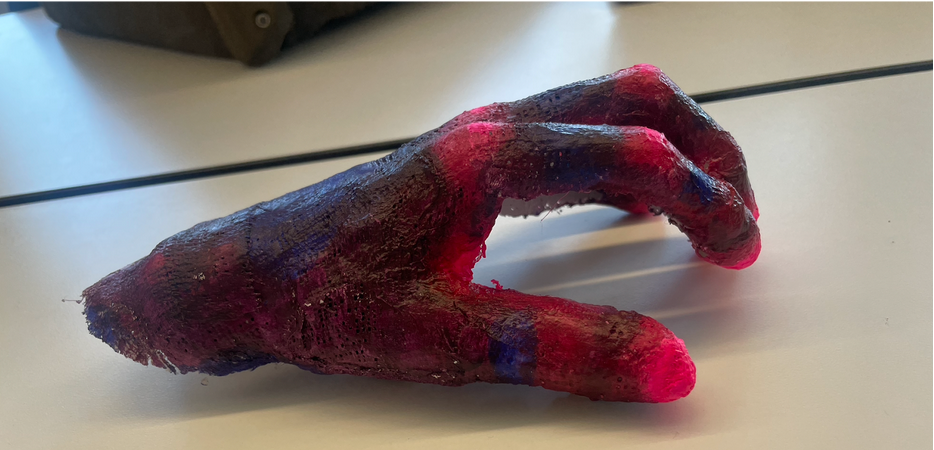
Gaussian Hand Curvature
Our group wanted to take on a project that explores differential geometry and curvatures in space, which was originally inspired by Ambika’s desire to do some henna on the surface of a hand. None of us really had very much experience in this realm of mathematics, so we had to spend some time exploring the…
-
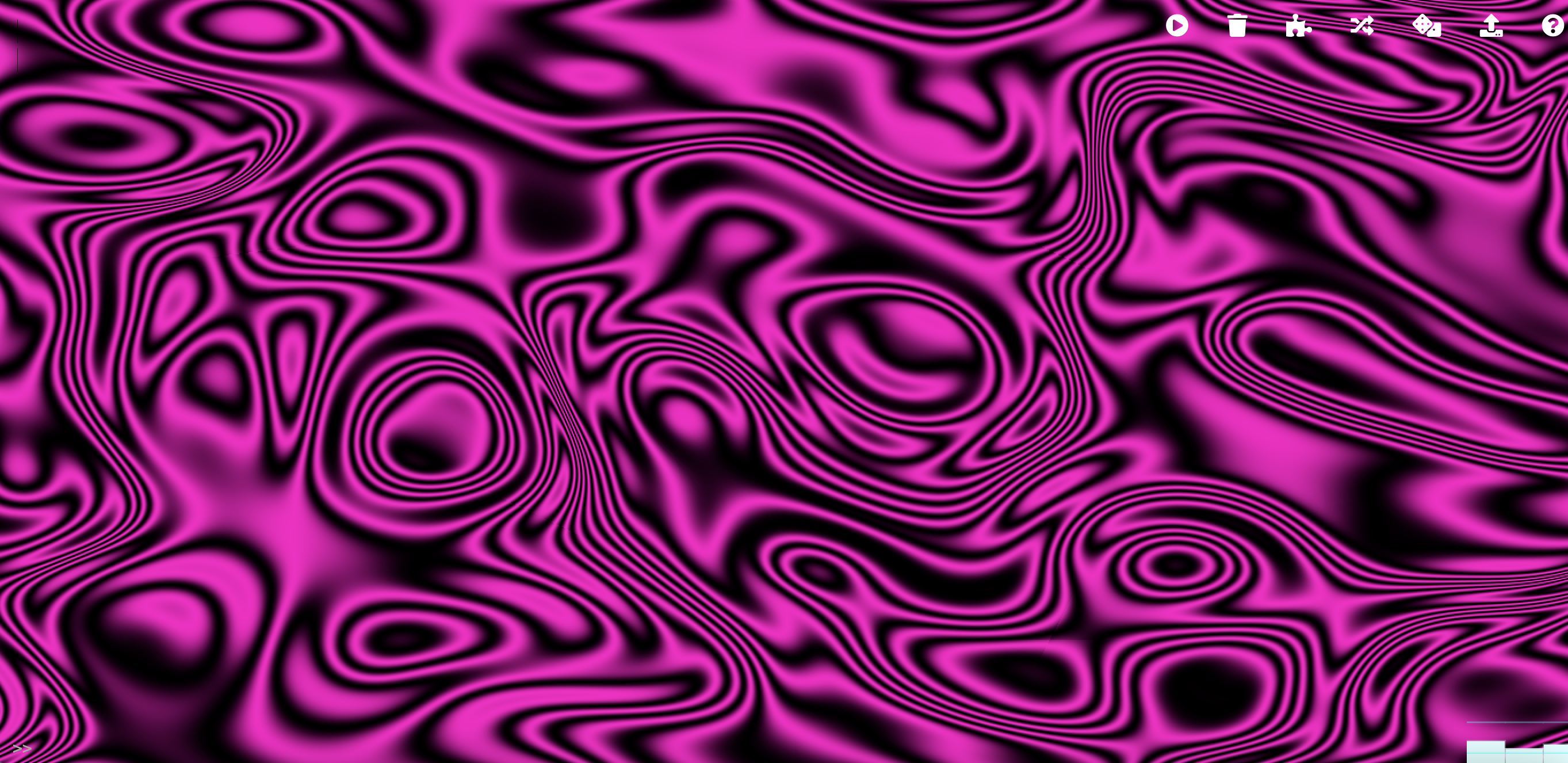
Using the Fourier Transform to Generate Audio Responsive Visuals!
For this project, I wanted to learn more about the fourier transform, and use it to generate visuals that respond to different frequencies. I did this in a mostly exploratory way which was super fun! The fourier transform can take a time based signal of some type and output the frequencies present within it. I…
-
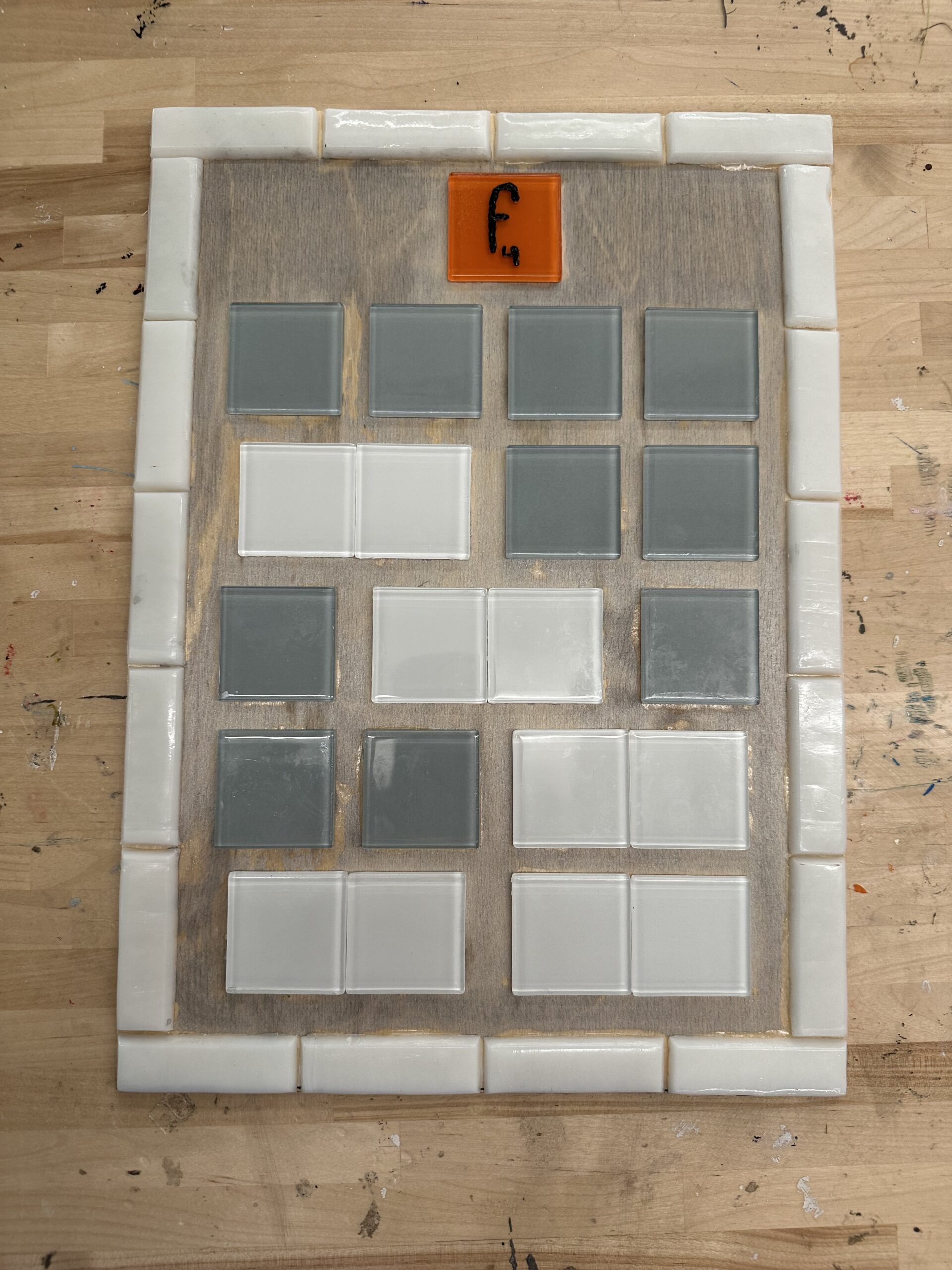
Fibonacci Mosaic Tilings
For project 2, Delaney and I created the f4 and f5 tilings using mosaics! Deciding on Material Originally, we had planned to use dominoes and trominoes to represent the Padovan sequence. We wanted to use clay to create the tiles and 3D print a tray at a specific length n to hold the tiles. After…
-
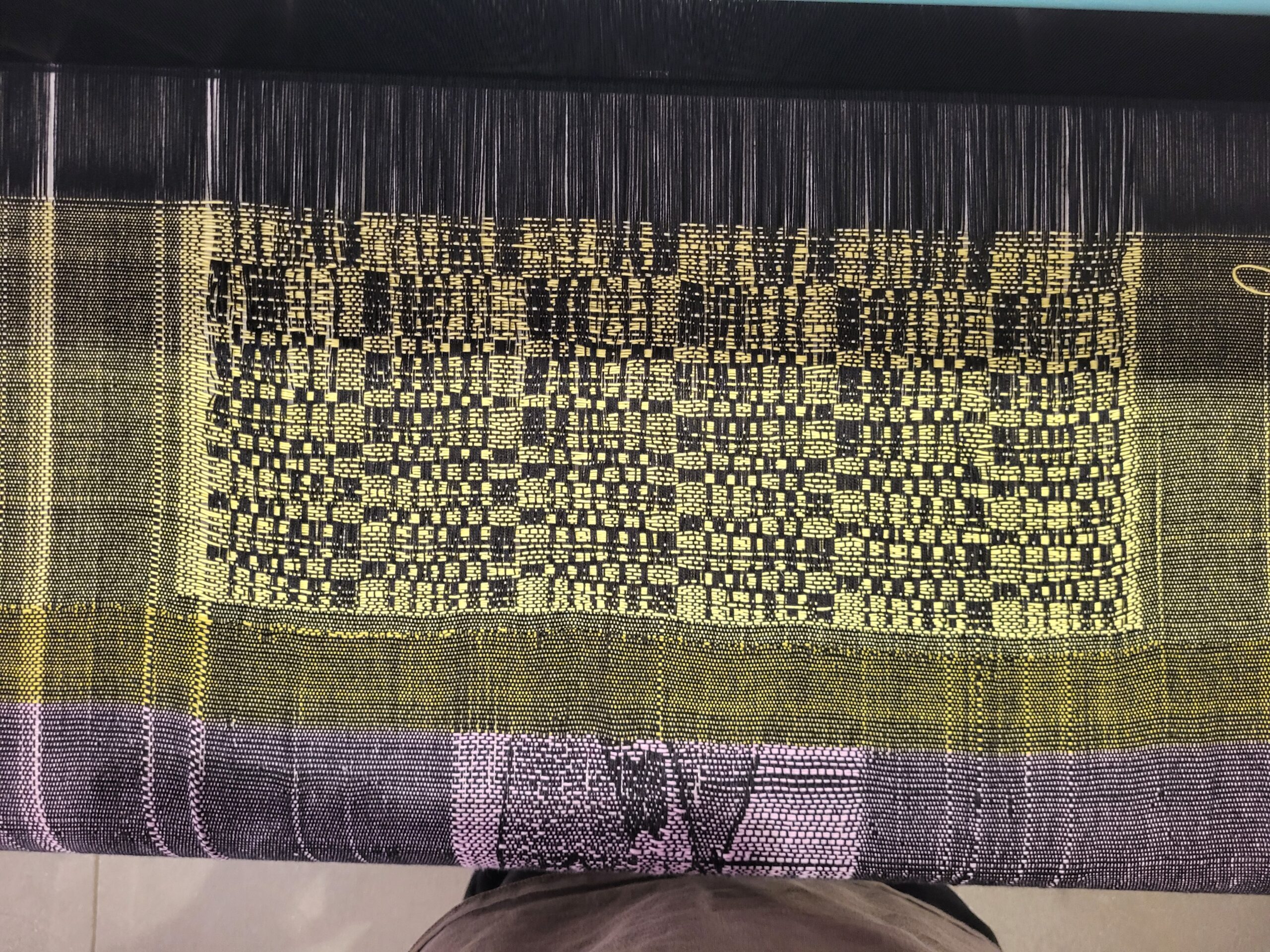
Weaving Mathematics
preface Tia and I are very much into fabric arts and wanted to create something really cool by learning a new skill through weaving and utilizing the Digital Jacquard Loom from the Makerspace. We initially learned very basic mathematics behind loom-weaving, such as the binary nature of the strings. The way the strings are structured…
-

Creating a Burr Puzzle
For this project, I wanted to create Burr Puzzle using wood. The biggest creative deviation I took is using approximately half the thickness a traditional Burr puzzle would to scale down the puzzle. At first glance, a burr puzzle looks like a simple arrangement of wooden pieces, each with notches and slots. However, the goal…
-
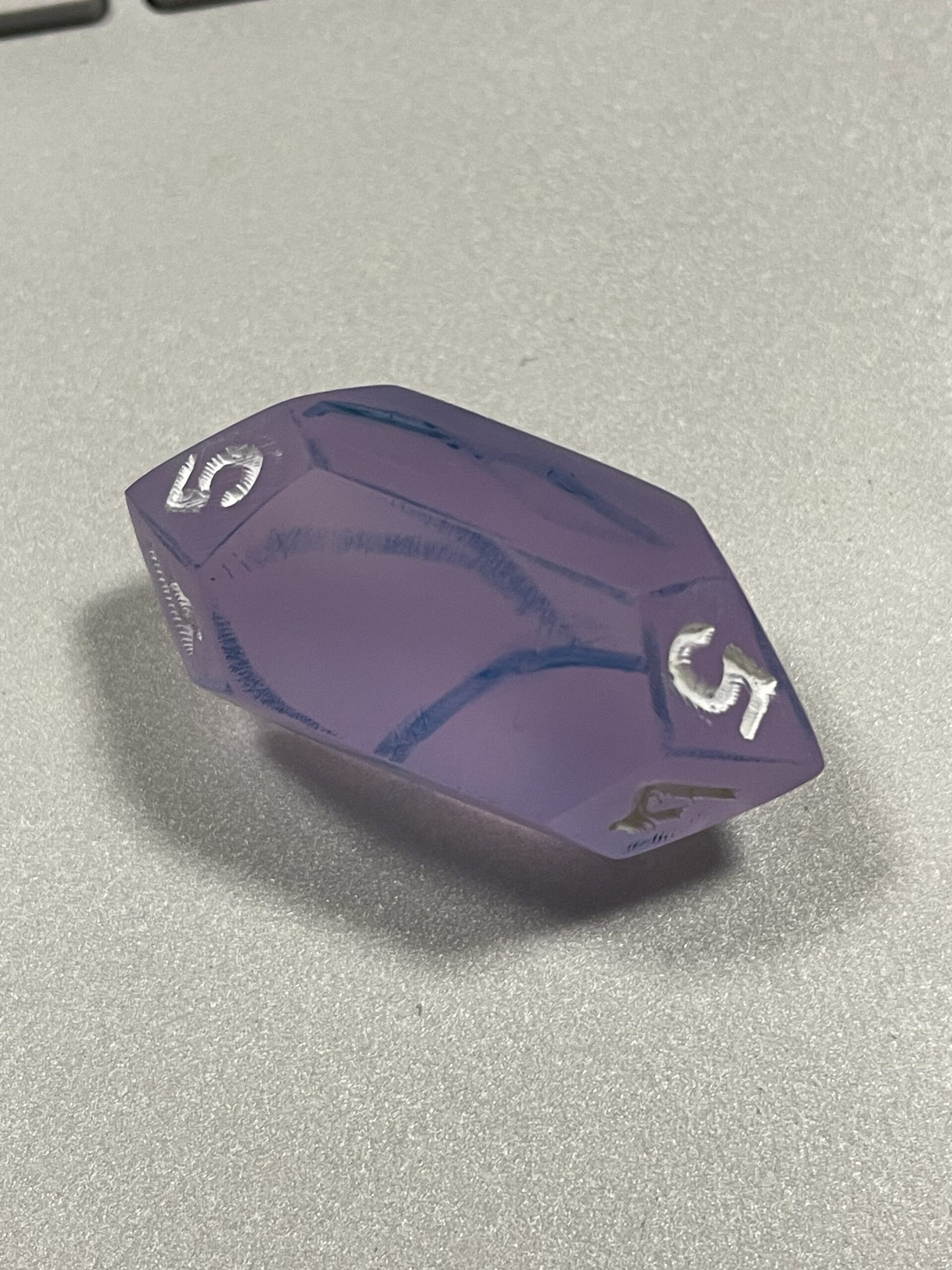
Creating Non-Standard Fair Dice
I like dice a lot. As someone who has played tabletop role-playing games for over 5 years at this point, collecting various shiny math rocks is one of my greatest joys. Recently, I’ve toyed with the idea of making my own dice. So creating dice a little different from the norm seemed like it could…
-
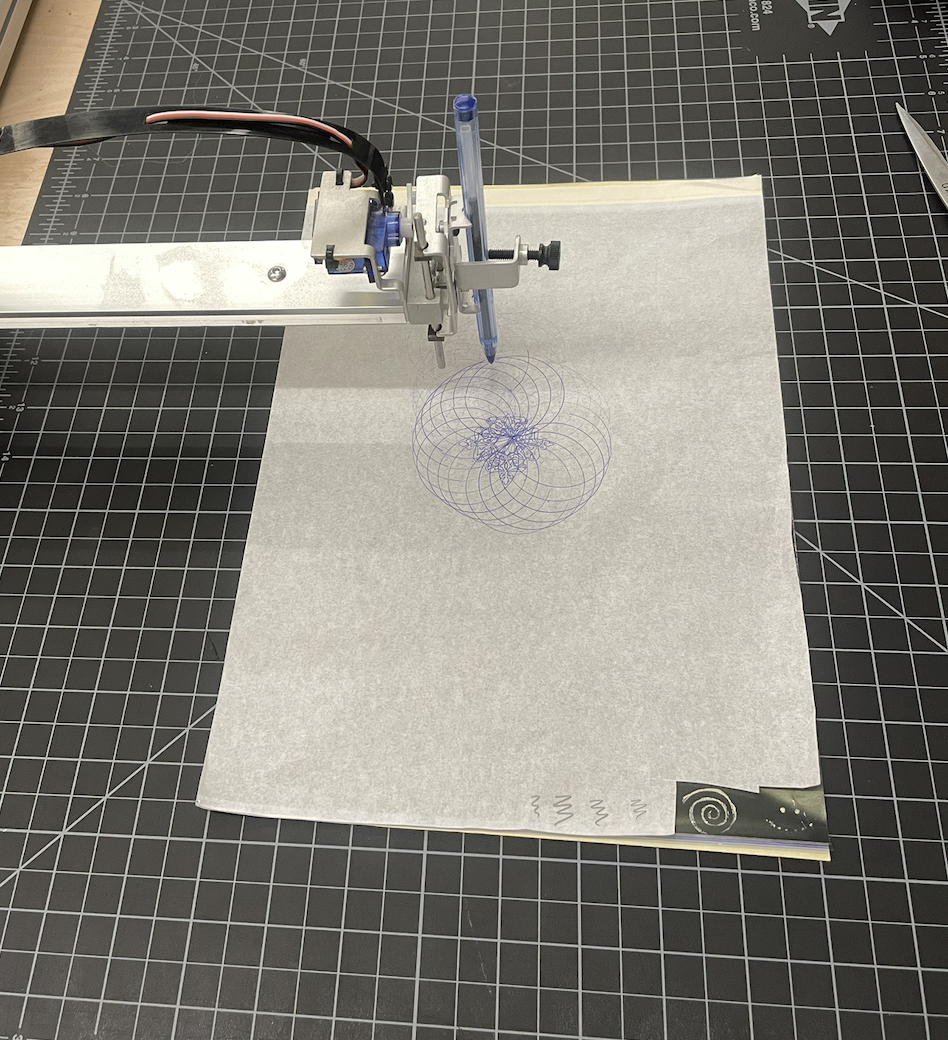
Henna, AxiDraw, and InkScape
In this project, I used the AxiDraw to create tattoo stencils of mathematical graphs, and then used henna to make it last. After experimenting on myself, I led a workshop with 6 other people in the Harvey Mudd Makerspace to help them create their own tattoos! This exploration taught how to incorporate math as art,…
-
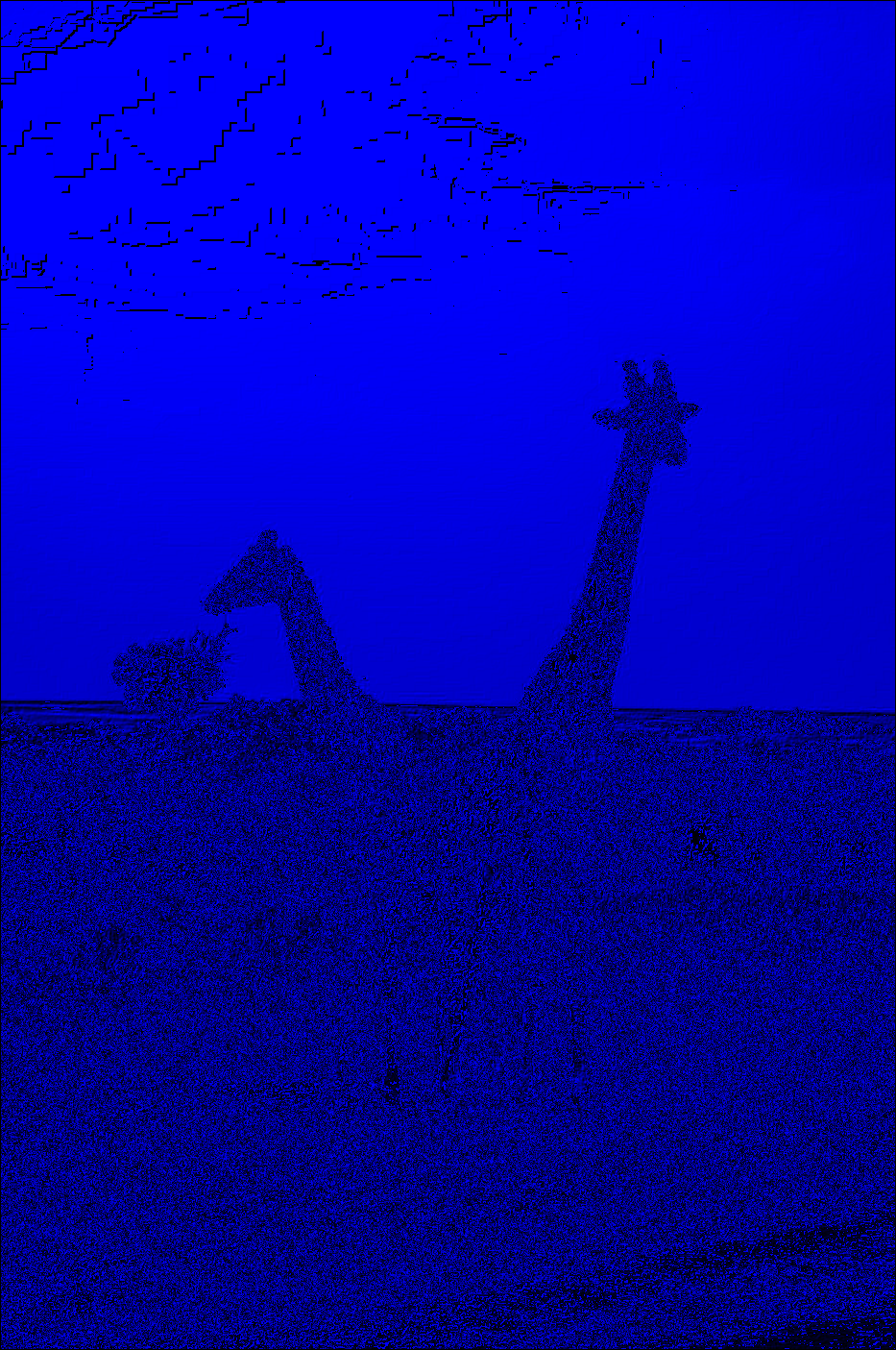
Digital Photos and Kernel Convolutions
In this project, I explored how images are stored in computers as arrays, and how we use math to manipulate those images using kernel convolutions to create photography filters, optimize machine learning models, and get a beautiful visual intuition of math with matrices. I used a Google Colab notebook to go step-by-step to get used…
-
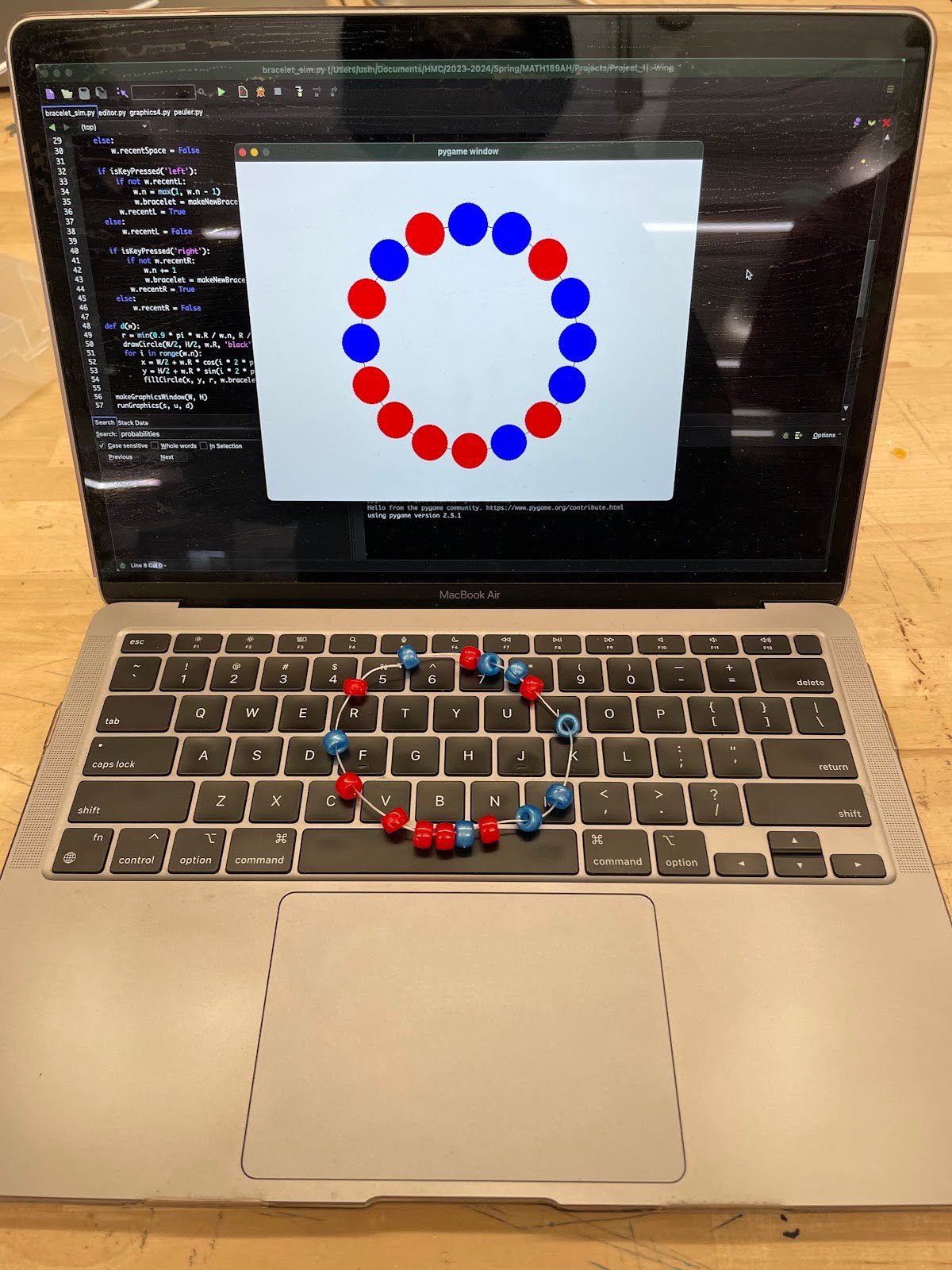
Probabilistic Bracelet Making!
For our project we represented different probability distributions using beaded jewelry. We wrote some code to generate bracelet layouts for us, so all we needed to do was to actually assemble the bracelets. We initially made a test bracelet together. We tied elastic string in a knot. We then decided to try making more sophisticated…
-

Mandelbrot Set
For our upcoming project, we’re planning on exploring the mandelbrot set and some of the math around it. The mandelbrot set is defined by the set of complex numbers which preserve the following property: For a given value c, we define a recurring relationship xn+1 = xn2 + c, where xn remains bounded (does not…
-
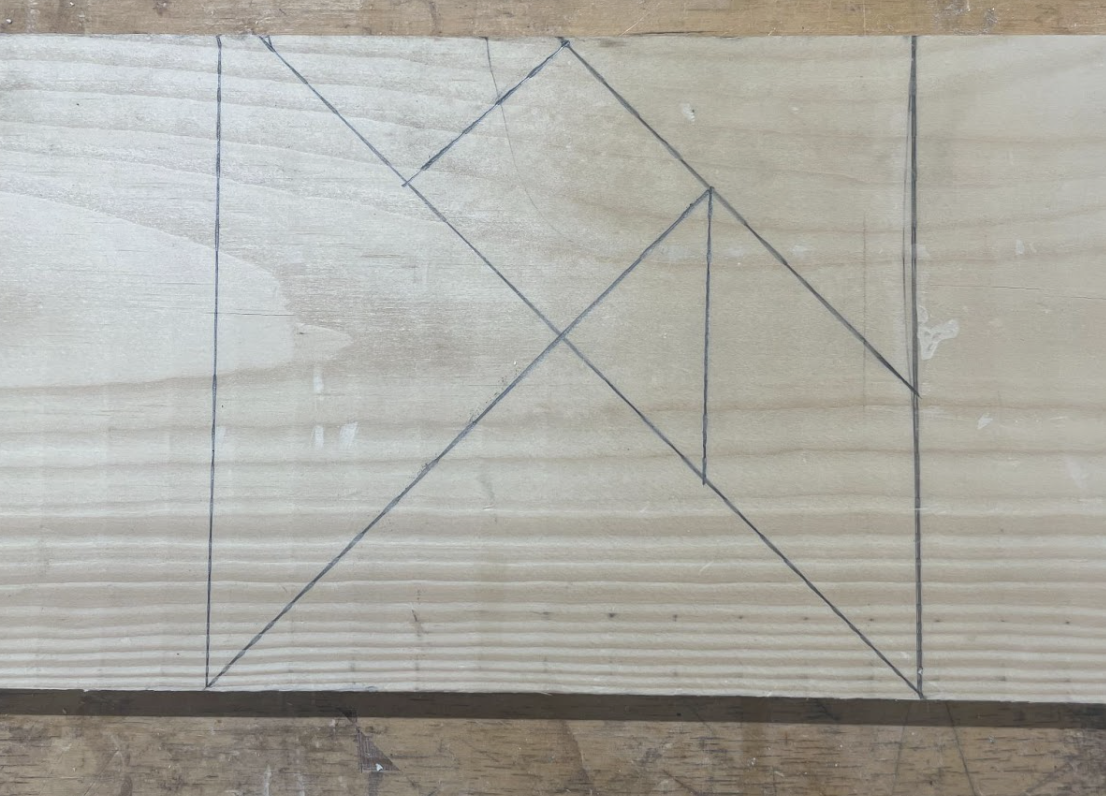
Creating a Tangram Set
By Jackson, King, and Jon A Tangram set is a traditional Chinese 2D- puzzle consisting of seven flat pieces called tans, which are put together to form a square. The objective of the puzzle is to rearrange the tans into a particular shape (given only an outline or silhouette) using all seven pieces, which may…
-
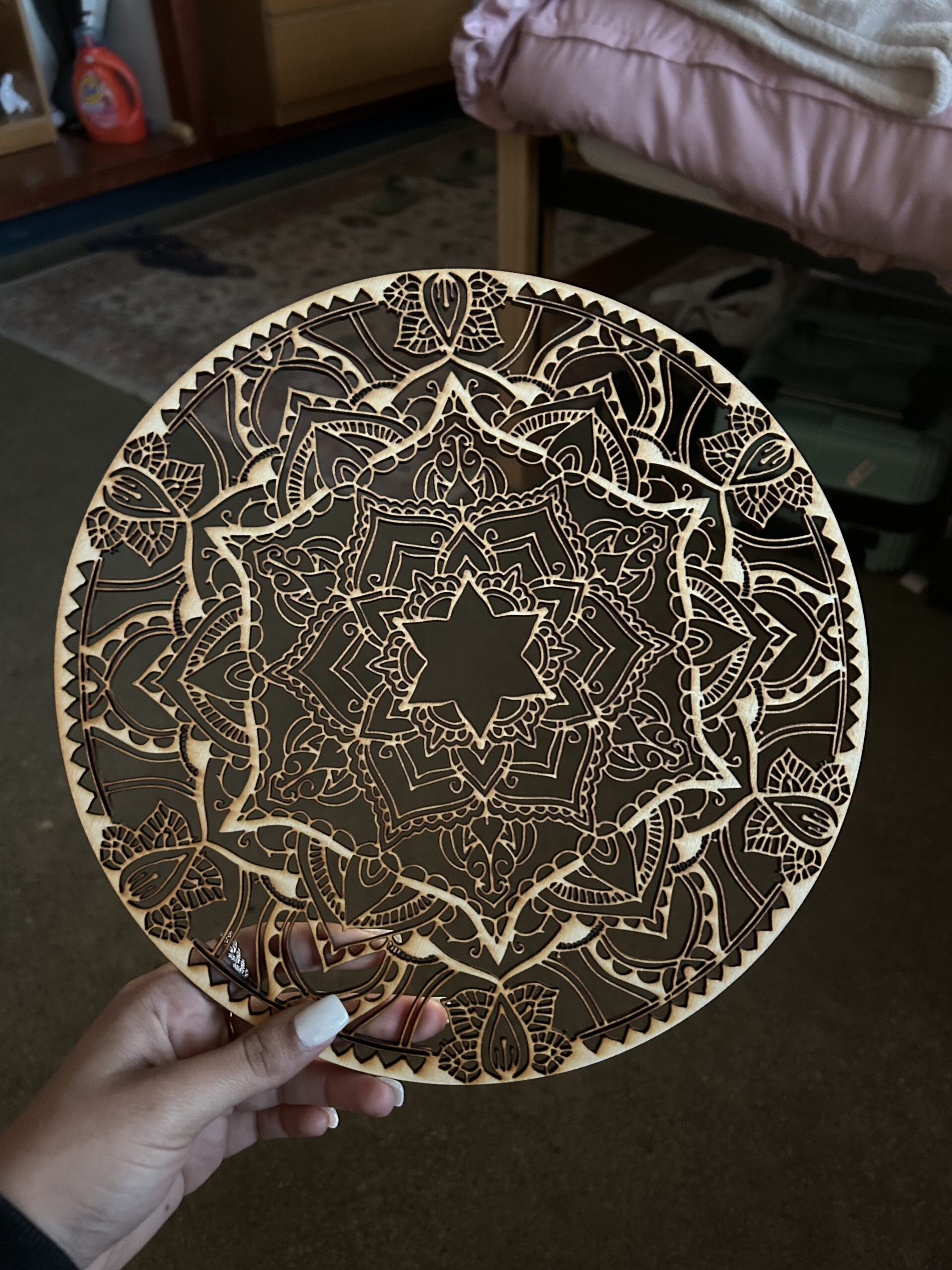
Group Theory and Mandalas!
I was inspired to study the properties of Mandalas because they are beautiful and intricate designs. Mandalas are artistic representations of the cosmos in both Hinduism and Buddhism. The very word “mandala,” with its roots in the ancient Sanskrit language, translates to “circle,” a shape that universally symbolizes harmony and unity. Week 1: Planning and…
-

Making a Math-Themed Deck of Cards
For our project 1, we made a deck of math-themed cards and a box to house them. Designing the Cards We found an SVG file with regular cards at https://totalnonsense.com/open-source-vector-playing-cards/. We then manually edited the cards using Inkscape, an SVG editing software. Specifically, we edited the backs of the cards, the 52 main cards, and…
-
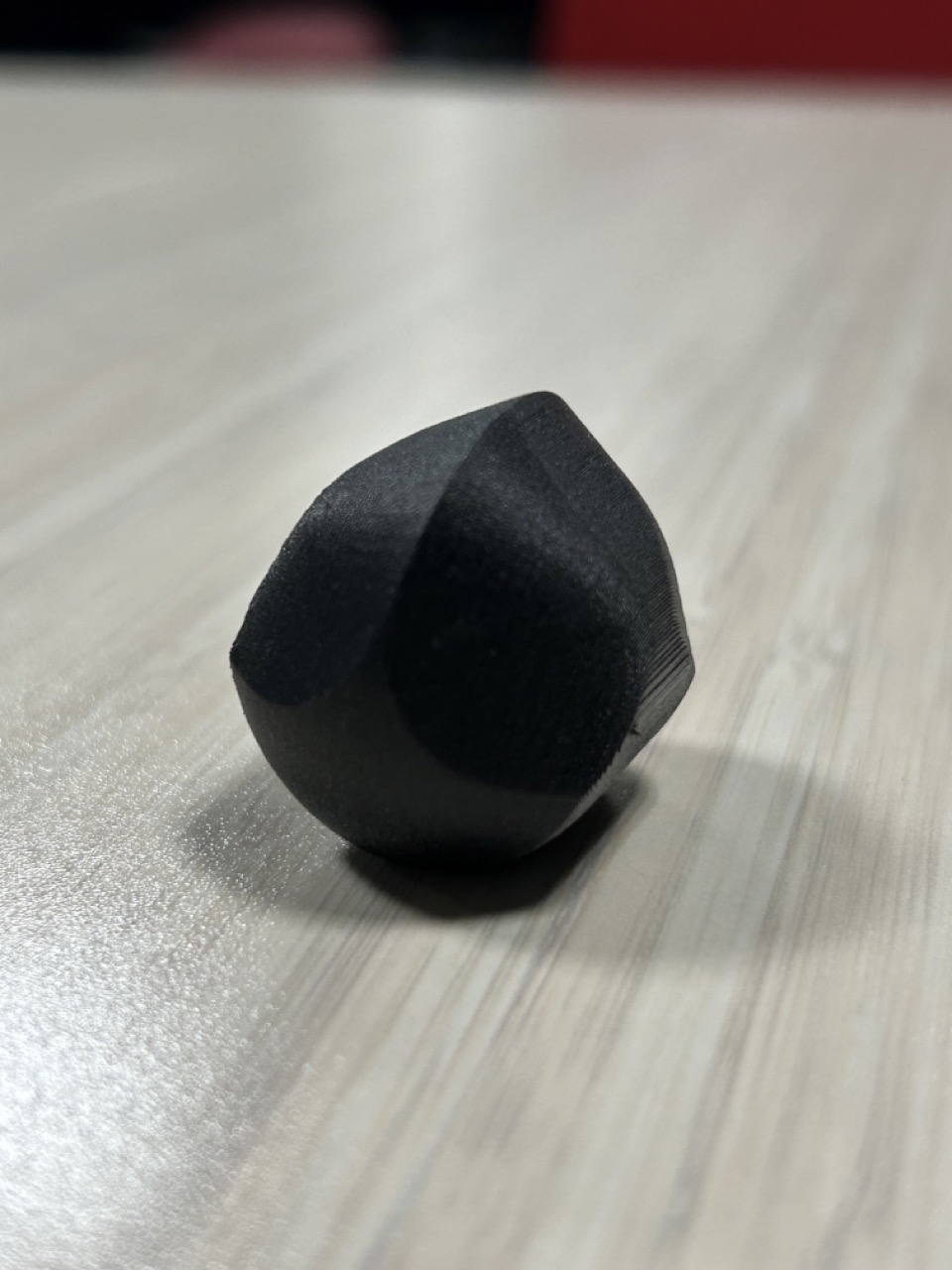
Creating a Gömböc
The Gömböc is the world’s first homogeneous, self-righting shape (it even has a Guinness World Record). First hypothesized in 1995 by the Russian mathematician Vladimir Arnold, it wasn’t until 2007 that Hungarian mathematicians Gabor Domoks and Peter Varkonyi created the first computer model, and then a physical model of a Gömböc (New York Times). What…
-
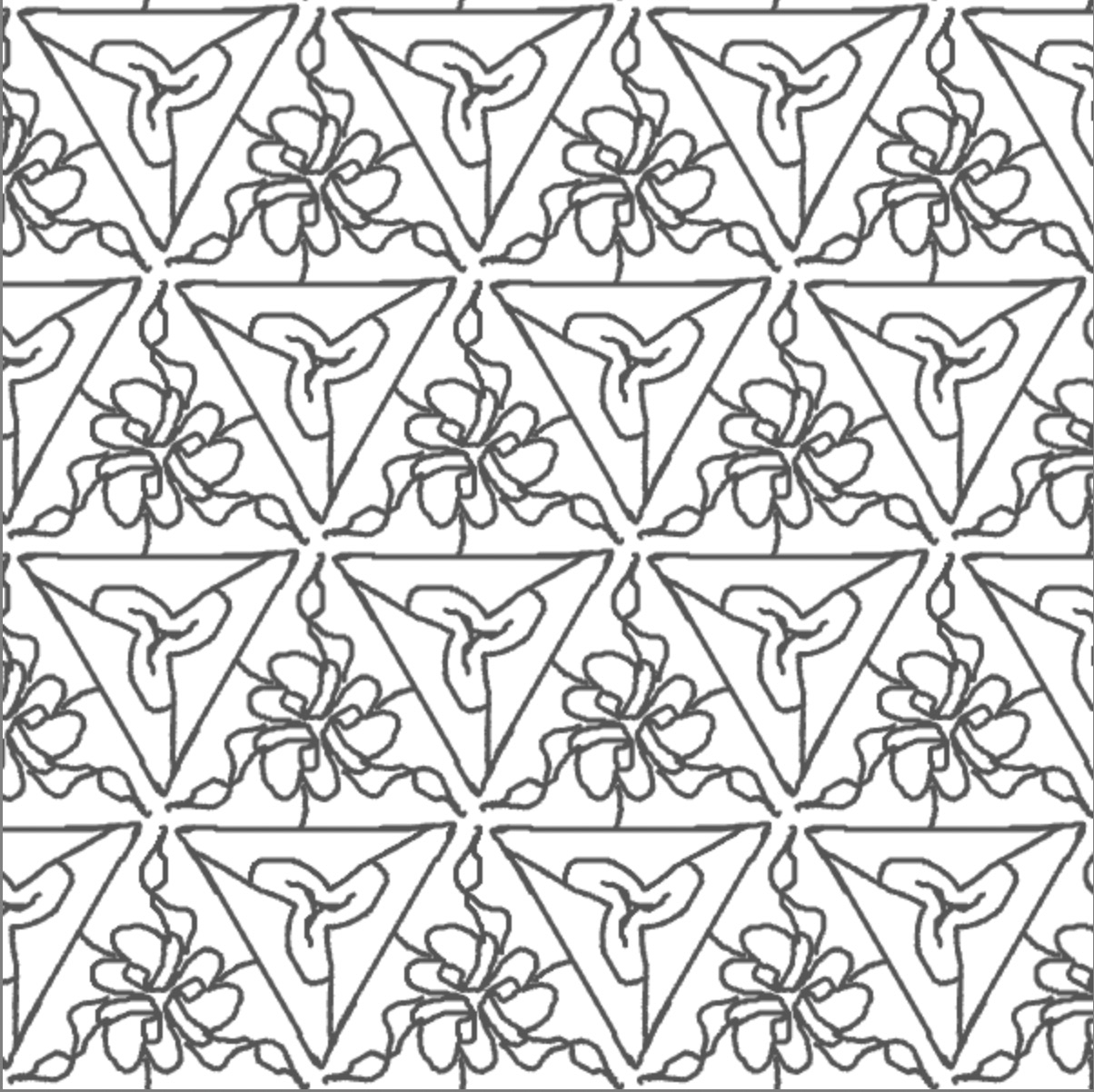
wallpaper groups box!
For this project, I wanted to build a small wooden box using the HMC wood shop (which I’d never been to before!) and then illustrate the 17 wallpaper groups on it. The wallpaper groups are a group theory concept. A wallpaper is a repeating image that can cover a plane. It has certain isometries that…
-

Fractile in PIL and Pinhole Cameras
In this blog, Ashrit and King swap projects and learn about each other’s. What I learned about Drawing Fractile in PIL by Ashrit Panditaradyula: While working with King, he introduced me to the Mandelbrot set fractile. I read up on it online and it was very interesting. A short overview of it is that Mandelbrot…
-

Kaleidoscopes and Stereographs
Introduction Project 0.B gave us a great opportunity to learn about new technologies and mathematical concepts. We first recreated Kishore’s project, where we created Stereographic Projection Spheres. This project leveraged a mapping of a sphere onto a flat plane, and made use of 3D printers. Then, we recreated Jaanvi’s project by creating kaleidoscopes which represented…
-
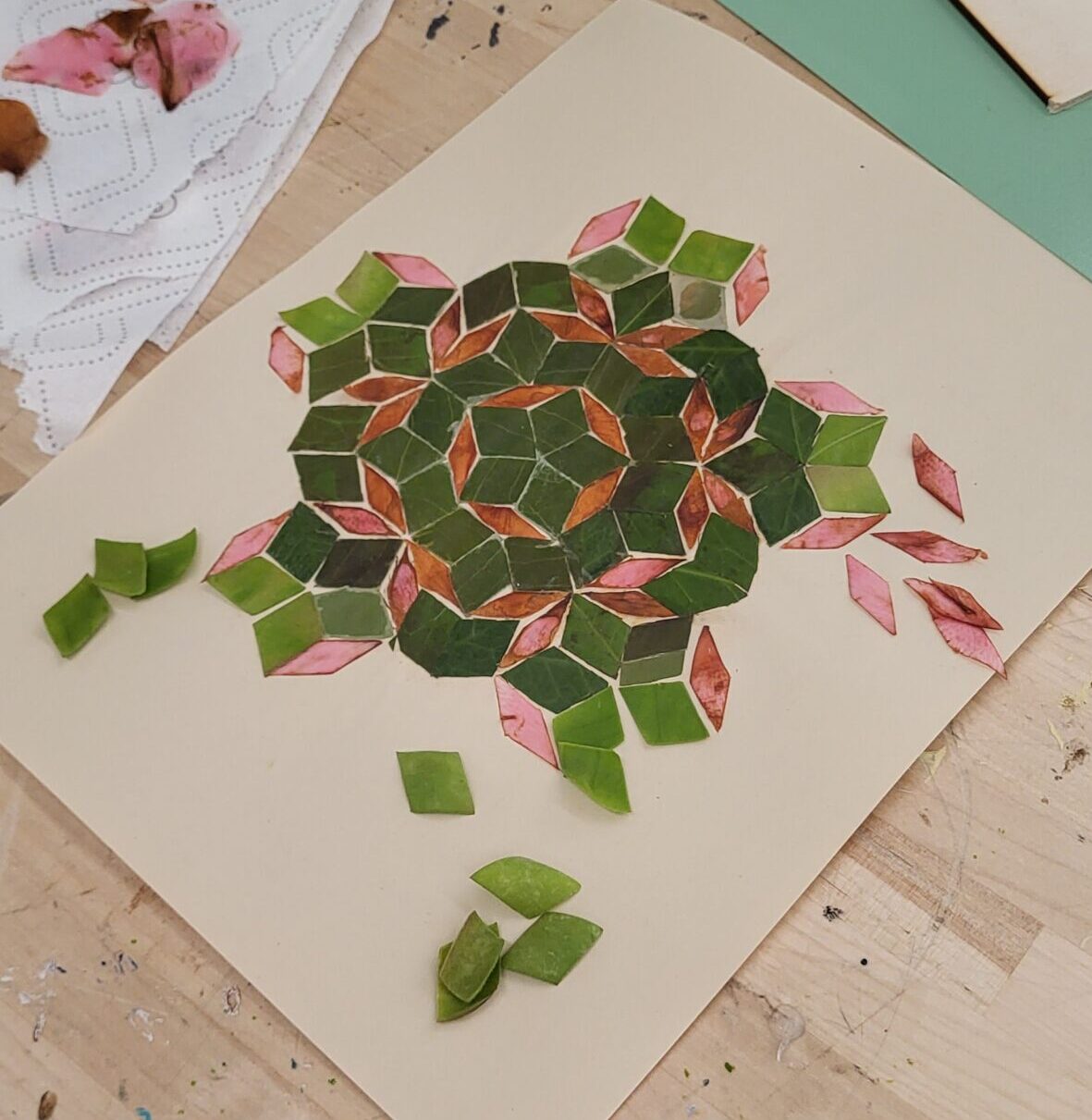
Penrose meets Penplotting
Penrose Tiling Professor Kagey and I decided to start with the penrose tiling project first, going over logistics of materials and methods. Our tiling inspiration below was sourced from this online math forum. We used plants as our medium, shaping leaves and petals into the two rhombuses of 108 and 144 degrees. I demoed how…
-
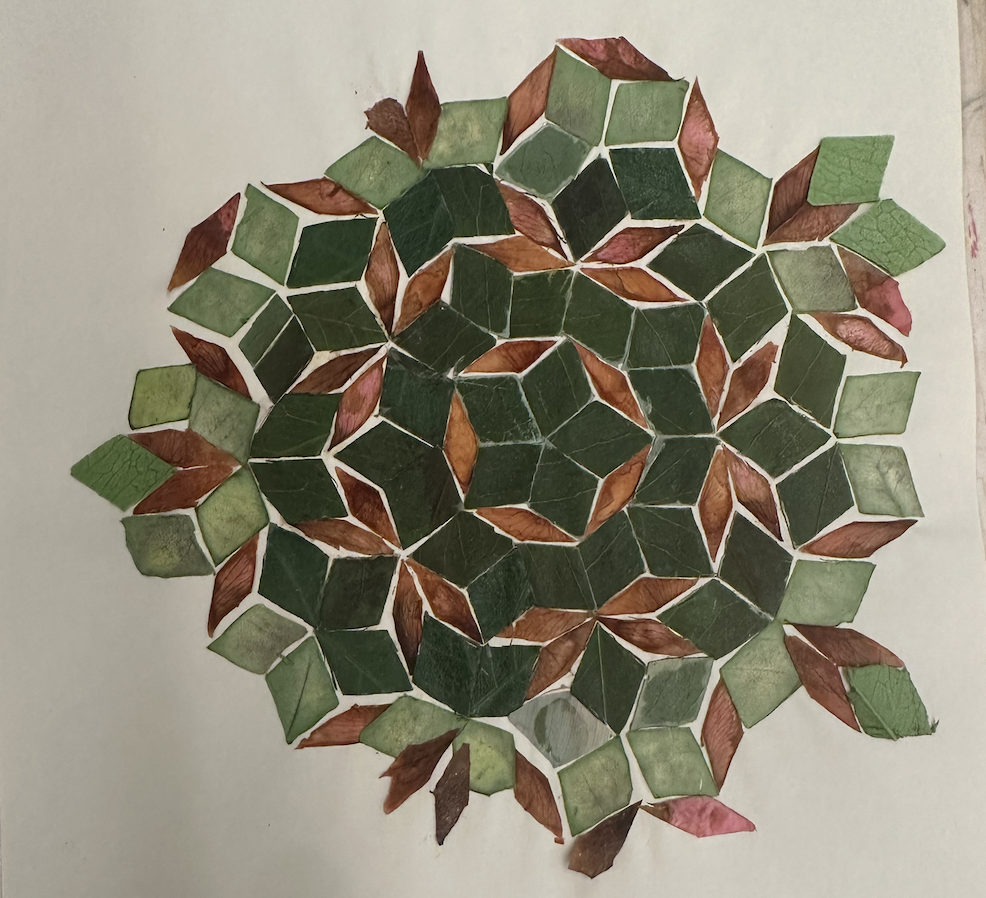
flowers and bubbles !
we made surface-minimizing bubbles and also added some more to our penrose tiling! Neither project had a huge learning curve, but it was fun to learn about a new math concept and do tactile things! first flowers Nora introduced me to the topic of Penrose tilings and I thought the math behind them was super…
-

Surface Minimizing Bubbles and PenRose Tilings
Surface Minimizing Bubbles🫧 Mathus taught me how to use soap bubbles to find the minimal surface area of a shape I create. I created these shapes using Zometools. Mathus gave me some guidance on what kind of shapes would be cool to make for this project, but left me with a lot of creativity. Mathus…
-
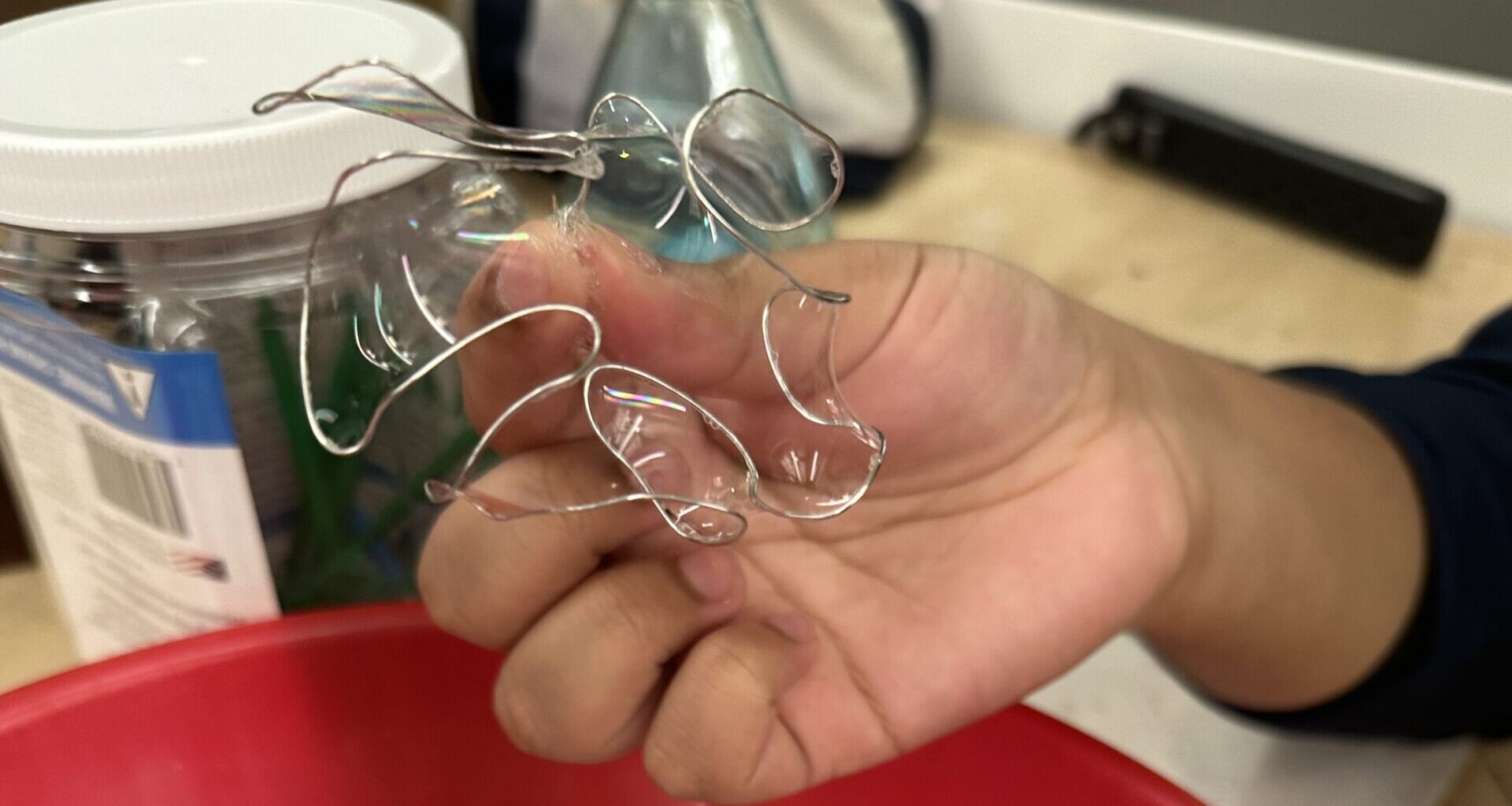
Revisiting Hexaflexagons and Minimal Surface Bubbles
Surface Minimizing Bubbles The Math Behind Surface Minimizing Bubbles: As mentioned in the previous blog post bubbles find the minimum surface bounded by a shape. A minimal surface is defined as “having a total curvature equal to zero in every point.” However if air gets trapped in the bubble, the bubble will no longer have…
-

Coxeter Group Kaleidescopes and Stereographic Projection
A Kaleidoscope is an example of a Coxeter group, a tessellation shape generated by reflections in a mirror. The Kaleidoscope we made has the fundamental shape of an equilateral triangle, one of the simplest examples of a Coxeter polygon, since its interior angles are π/2 degrees each. A few other types of triangles would have…
-
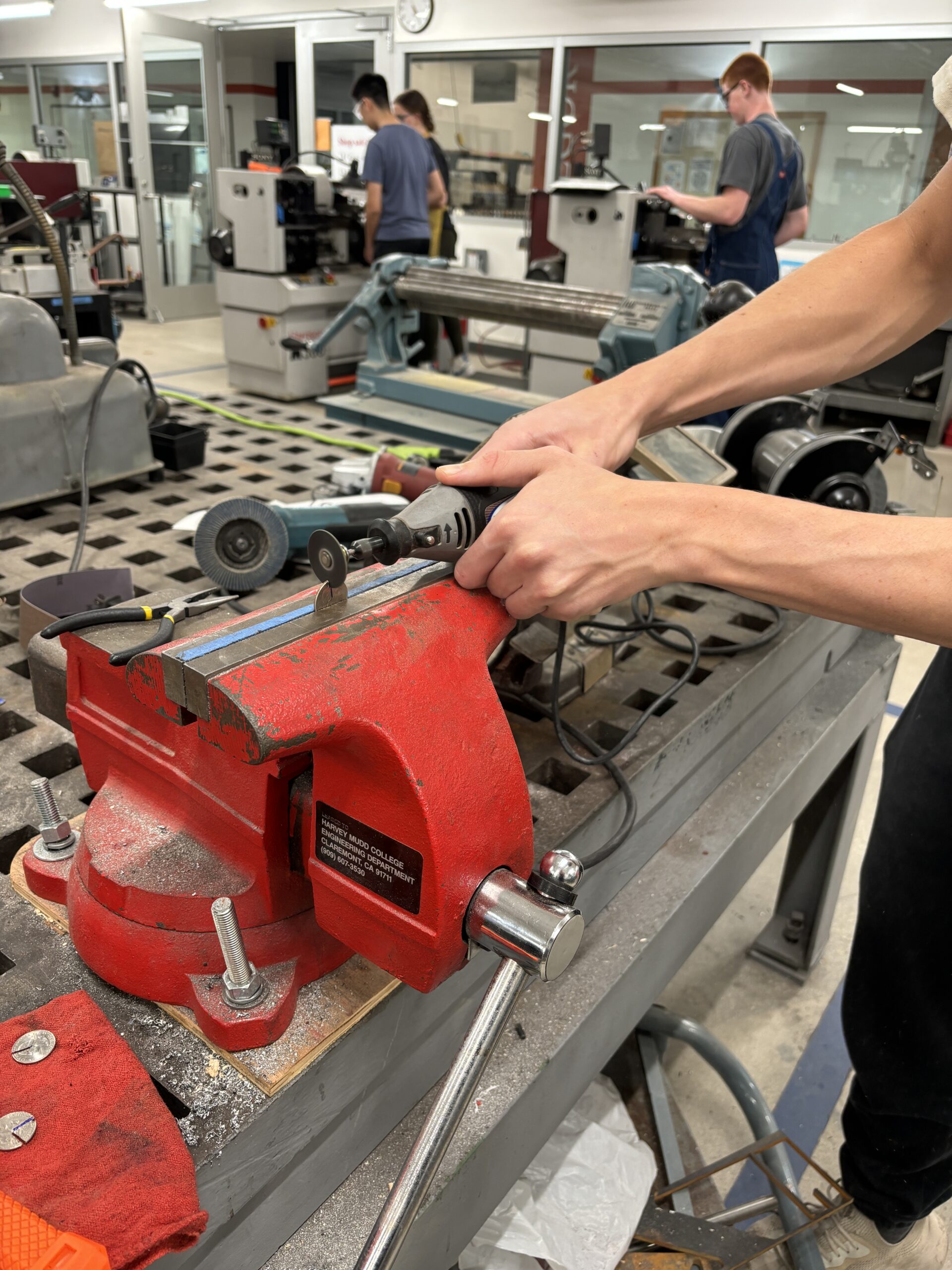
Sphericoin Art and Sierpinski Triangles
Cutting the coin In order to cut the coin I used fixed the coin with a vice in order for it to stay still when cutting it with the dremmel.My first attempt of cutting the coin didn’t seem very effective, as I cut across the coin not very straight as I didn’t expect as much…
-
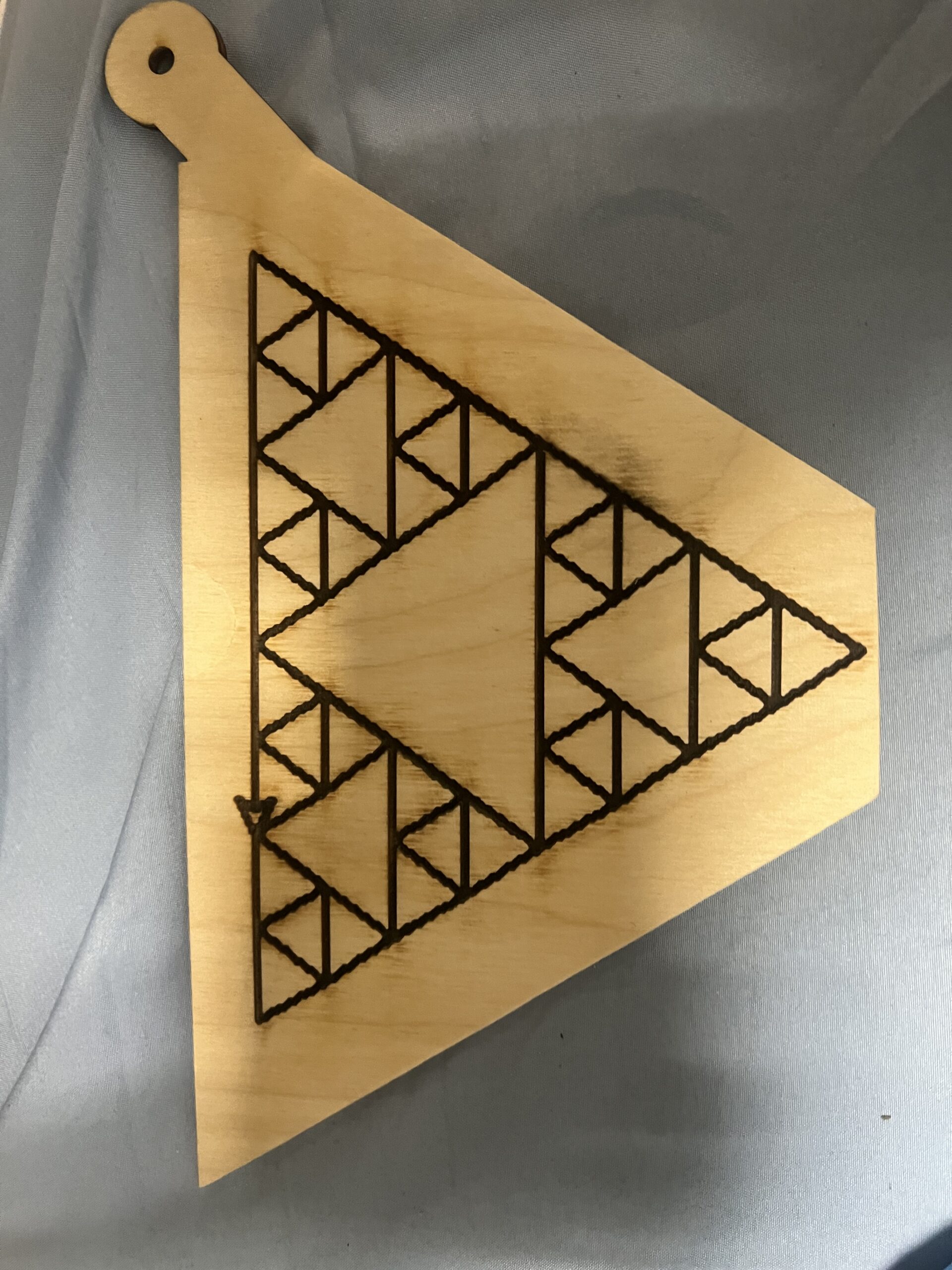
Sierpinski Triangle
Drawing the triangle In order to draw the Sierpinski Triangle, which is a type of fractal, I used Python. I started by labelling three points on the (x,y) plane to represent my triangle. Then I used turtle to draw between those points. I then recursively found the mid-point between the drawn lines, and drew a…
-
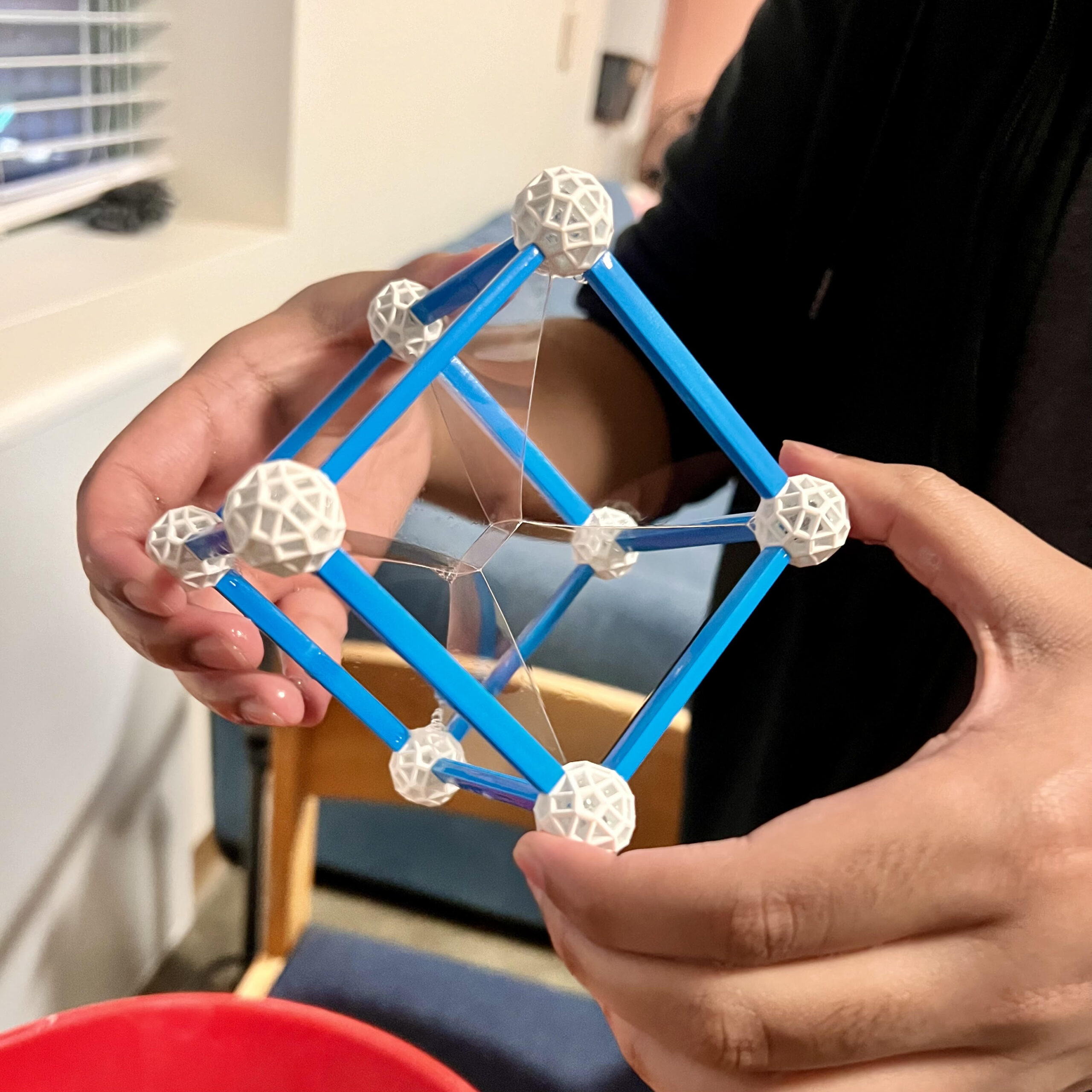
Surface Minimizing Bubbles
We used soap bubbles to find minimal surface area shapes. These surfaces, given a closed shape, will span the shape using the least area. Using Zometool to make various shapes, we made some fascinating surfaces. Making Shapes Zometool is a plastic construction set that is often used for making mathematical structures. It is simple to…
-

Coxeter Groups Through the Lens of Kaleidoscopes
Making Kaleidoscope to Represent Coxeter Groups. What was our process with this project? The project began with the conceptualization phase, where we identified the goal of creating a kaleidoscope to represent the symmetries of Coxeter groups visually. This phase involved extensive research into Coxeter groups to understand their mathematical foundations and how these could be…
-
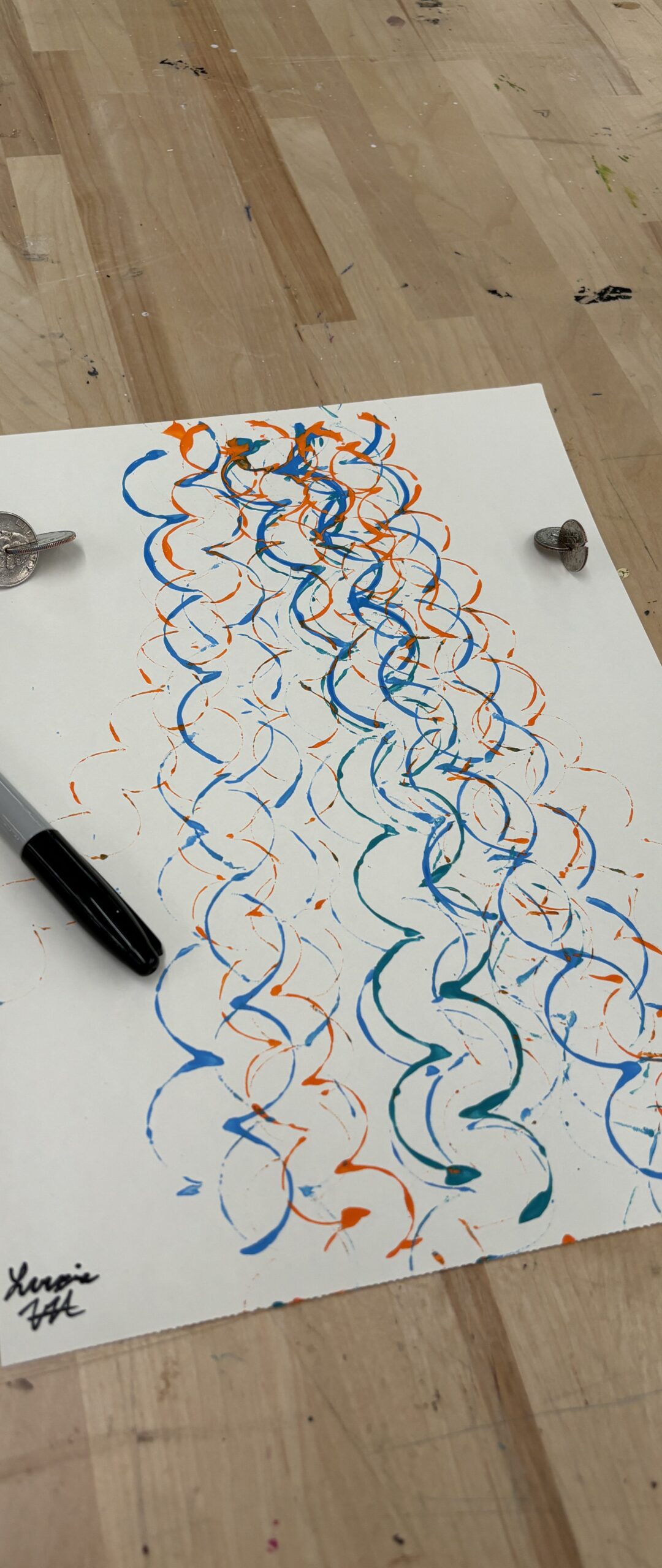
Sphericoin Art
For Project 0.A, we decided to create art with a simple sphericon. Sphericons are defined as shapes that are obtained by “rotating a symmetric polygon about a mirror axis to get a solid of revolution, cutting that solid into two equal pieces, and then putting the pieces back together differently” (MOMATH). For this project, we…
-

Stereographic Projection Spheres
Theoretical Harvey Mudd College Projection in Blender For our first project, we wanted to 3D print some illustrations of the stereographic projection process, in which a shape on a circle is mapped to a flat plane. This can be visualized by printing a thin shell of a sphere. If a shape is cut out correctly,…
-
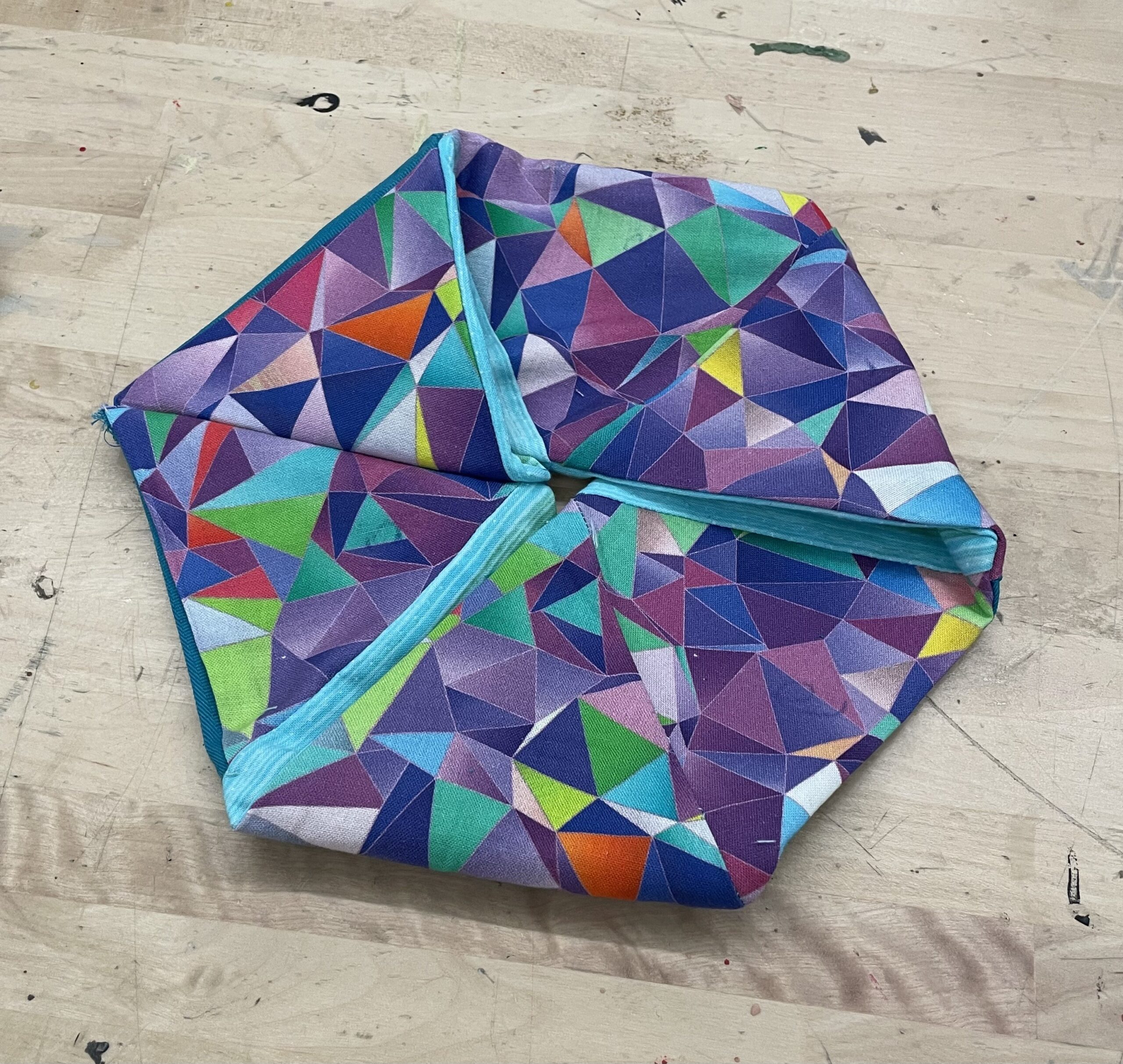
Making a Fabric Hexaflexagon
First, it seems prudent to introduce the concept of a “flexagon” itself. According to Wikipedia, flexagons are, “…flat models… that can be flexed or folded in certain ways to reveal faces besides the two that were originally on the back and front.” The hexaflexagons we’re interested in are actually trihexaflexagons- named as such due to…
-
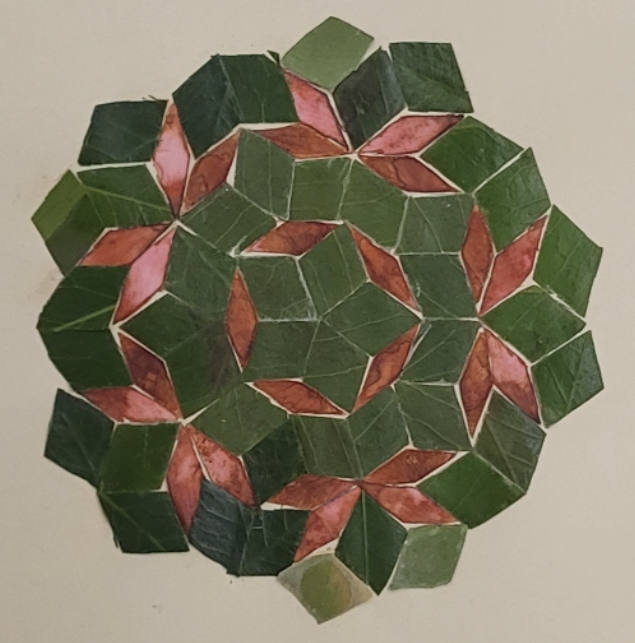
flower pressing a penRose tiling 🌸
We decided to create a Penrose tiling using flowers and leaves for our Project 0A. A Penrose tiling uses two different tiles: a 108° rhombus and a 144° rhombus. These two different tiles come together to create an aperiodic tiling (https://www.ams.org/publicoutreach/feature-column/fcarc-penrose). We used this photo as a reference for our Penrose tiling: We decided on…
-

Drawing Fractile in PIL
By King and Jackson The fractile we will be focusing on is the mandelbrot set fractile. According to Wikipedia, The Mandelbrot set] is a “two-dimensional set with a relatively simple definition that exhibits great complexity, especially as it is magnified. The set is defined in the complex plane as the complex numbers c for which…
-
Preliminary ideas!
Making Mathematics Blog
-
Mehak and Kaeshav Project Ideas
Chladni Figure Photograph by Steve Mould. Full video here. Chladni figures are the strange patterns created when a violin bow is used to vibrate a metal plate with sand on it. Based on where the plate is held down, different patterns are created. This is caused by standing wave on the plate. An image of…
-
Tia, Jon, and Ashrit Project Ideas
Paper mache is a versatile medium for exploring complex geometric shapes. The project could involve creating alot of different geometric forms, like polyhedra, toroids, or even fractal structures. The mathematical aspect focuses on the geometry of the shapes being constructed, including concepts such as vertices, edges, faces, Euler’s characteristic, and the relationship between geometric properties…
-

Making Math Project Ideas
Generative Art using Splines I’ve been interested in generative algorithms (where we start off with some basic thing and build on/modify it to make a more complex work of art via an algorithm. I did some generative music work last semester and am really interested in doing something similar with 2D art. Gradient descent is…
-
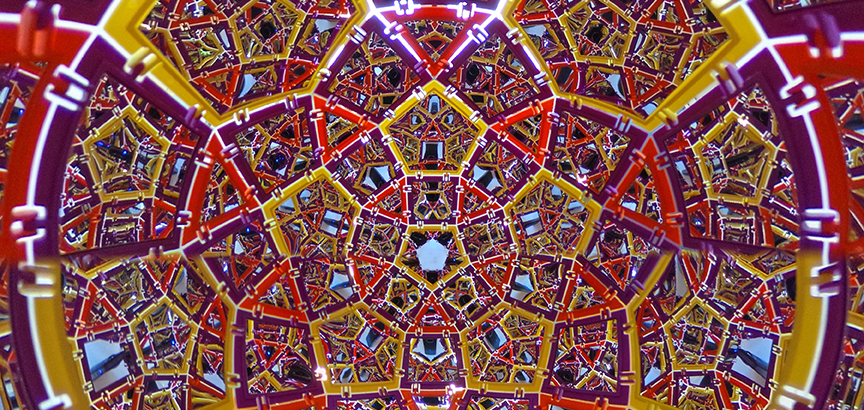
Potential Mathematical Making Projects
Project Idea: Make a Hexaflexagon First, it seems prudent to introduce the concept of a “flexagon” itself. According to Wikipedia, flexagons are, “…flat models… that can be flexed or folded in certain ways to reveal faces besides the two that were originally on the back and front.” The hexaflexagons we’re interested in are actually trihexaflexagons-…
-
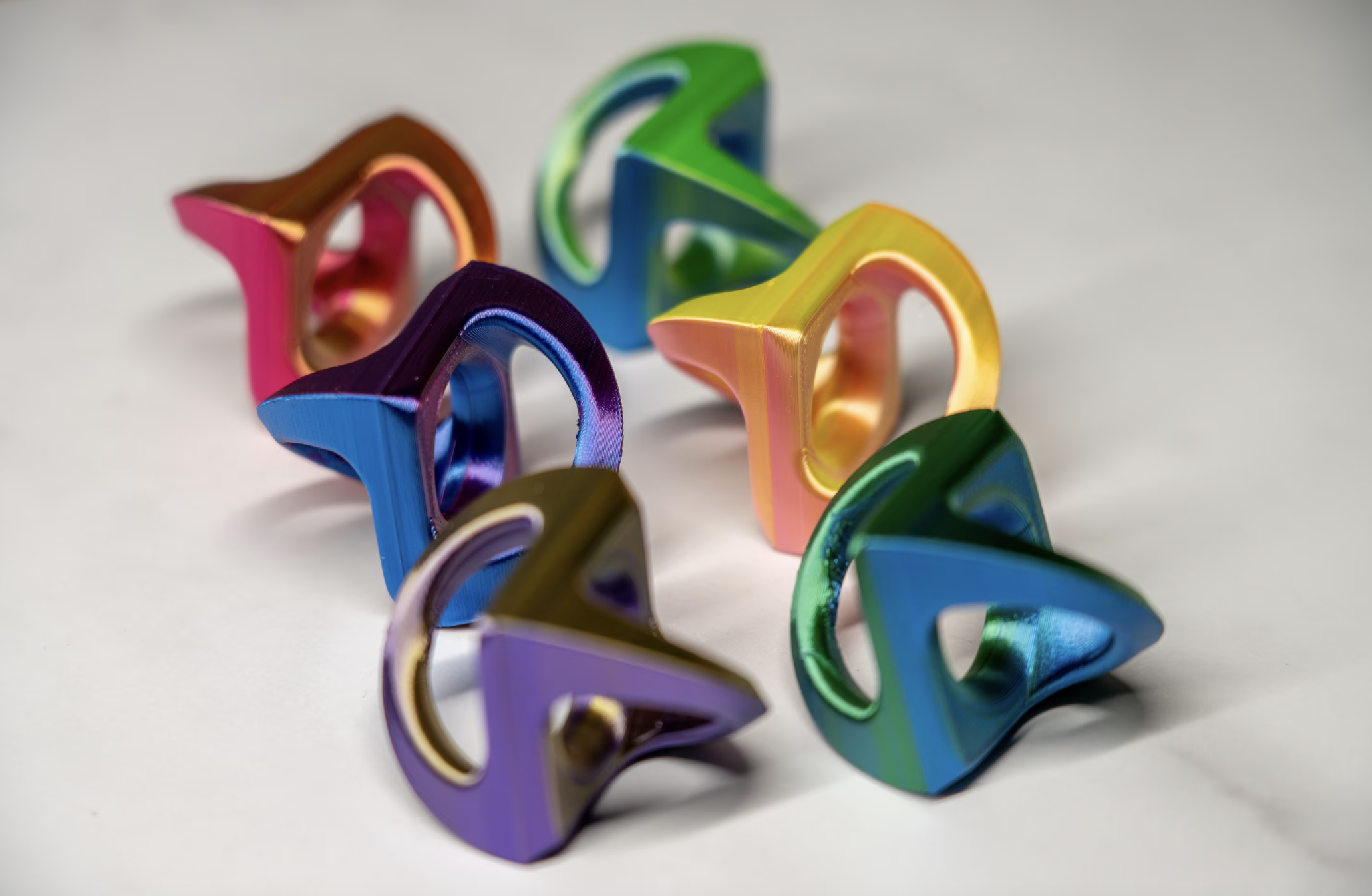
Lucie and Vicente’s Project Ideas
The Gömböc Gömböc in the Stable Equilibrium Position, Wikipedia The Gömböc is described as “the shape that shouldn’t exist”. We learned more about it by watching this Youtube video by The Action Lab, which explained that this is the only known homogenous shape to have just 2 equilibrium points; one stable and one unstable. The…
-

Project Ideas
These are some project ideas that we (Ashley, Nora, and Margaret) are excited about! 1. Flower Tilings This project seems interesting because our group was talking about combining flowers with mathematics. I’ve (Ashley) been really into flower pressing and drying for the past couple of years and have seen that flowers can be related to…
-
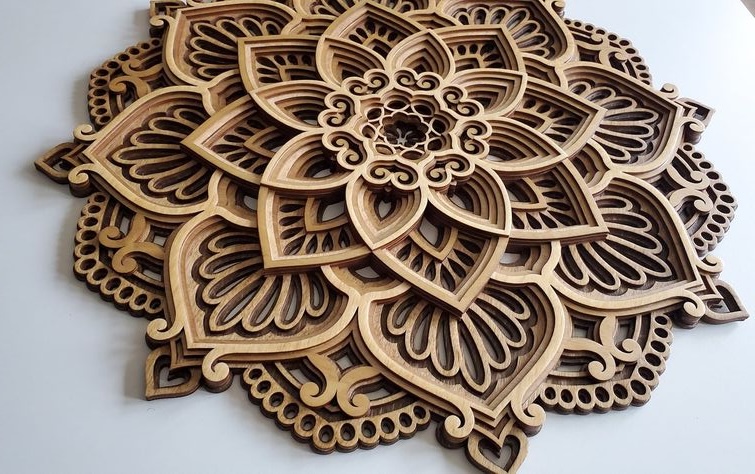
Some Ideas I am Excited About
One of the main reasons I found myself drawn to “Making Mathematics” was because I am interested in how mathematics can be represented in a creative manner. Going through the “Project Ideas” in our syllabus, I found a couple of ideas that I found interesting, which I will be discussing in this post. I was…
-
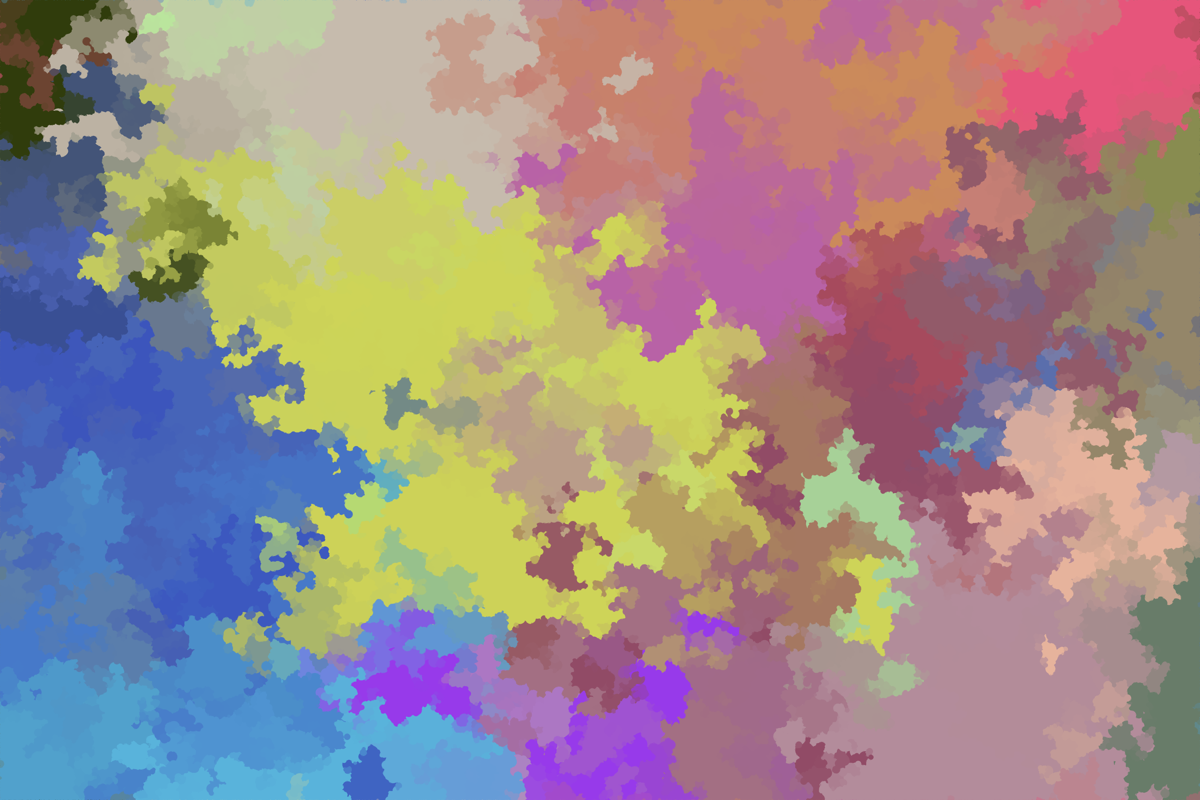
Making Mathematics at Harvey Mudd
Welcome to our class blog for MATH189AH: Making Mathematics, a class at Harvey Mudd College. In this course, students work in teams to make five projects throughout the term, and learn how deep mathematical ideas and new fabrication techniques can inform each other. Syllabus Here is an early version of our syllabus, which we worked…